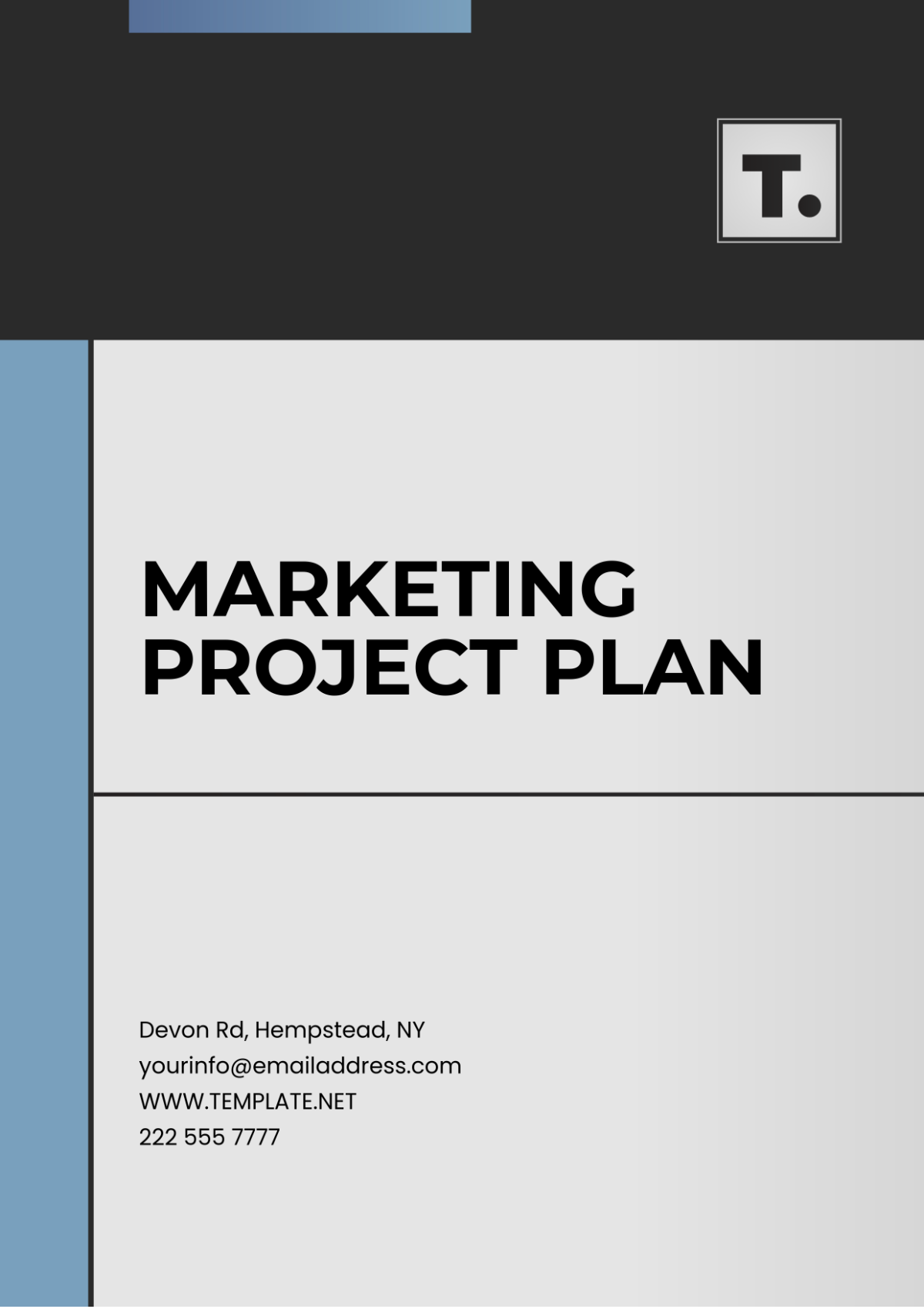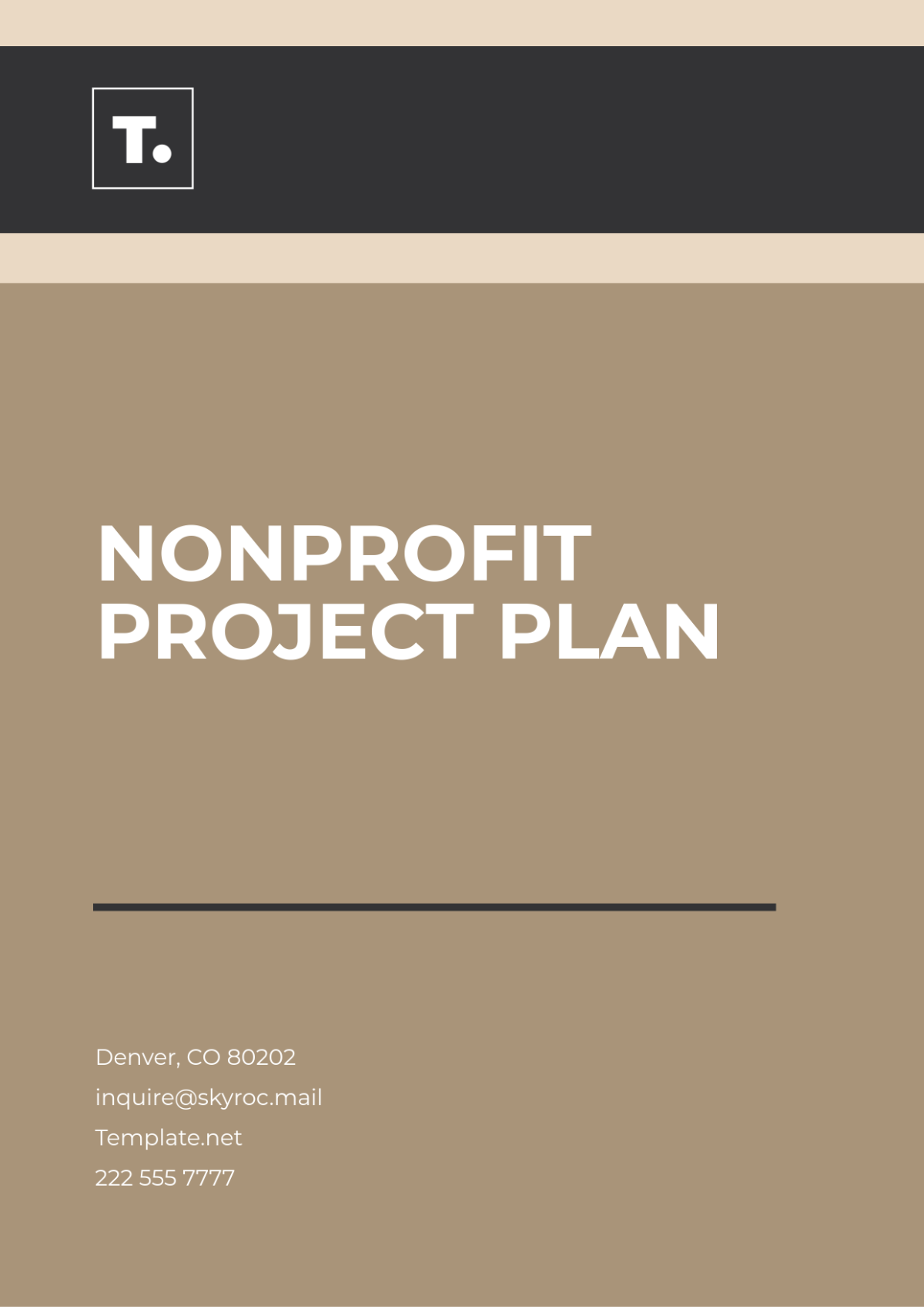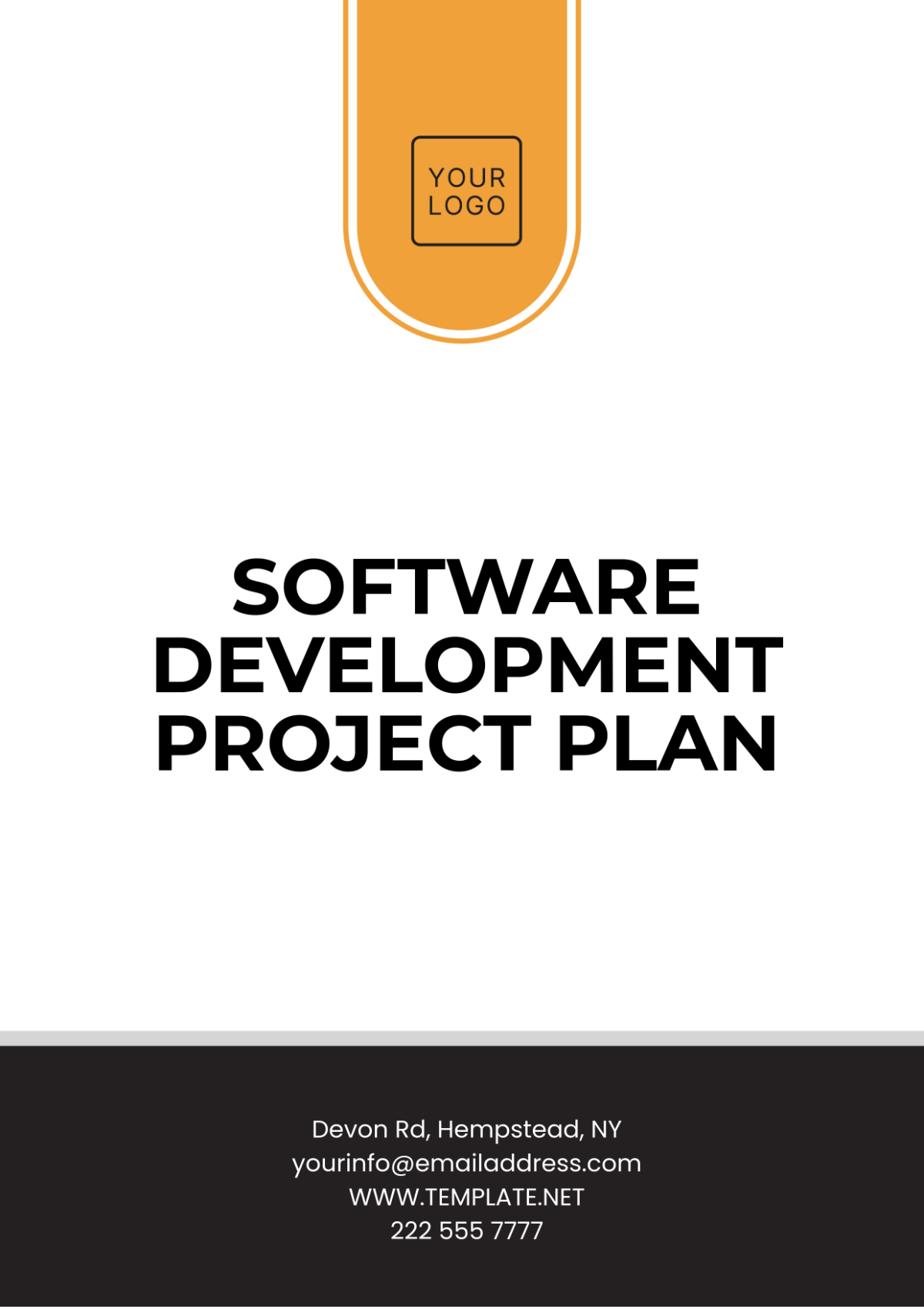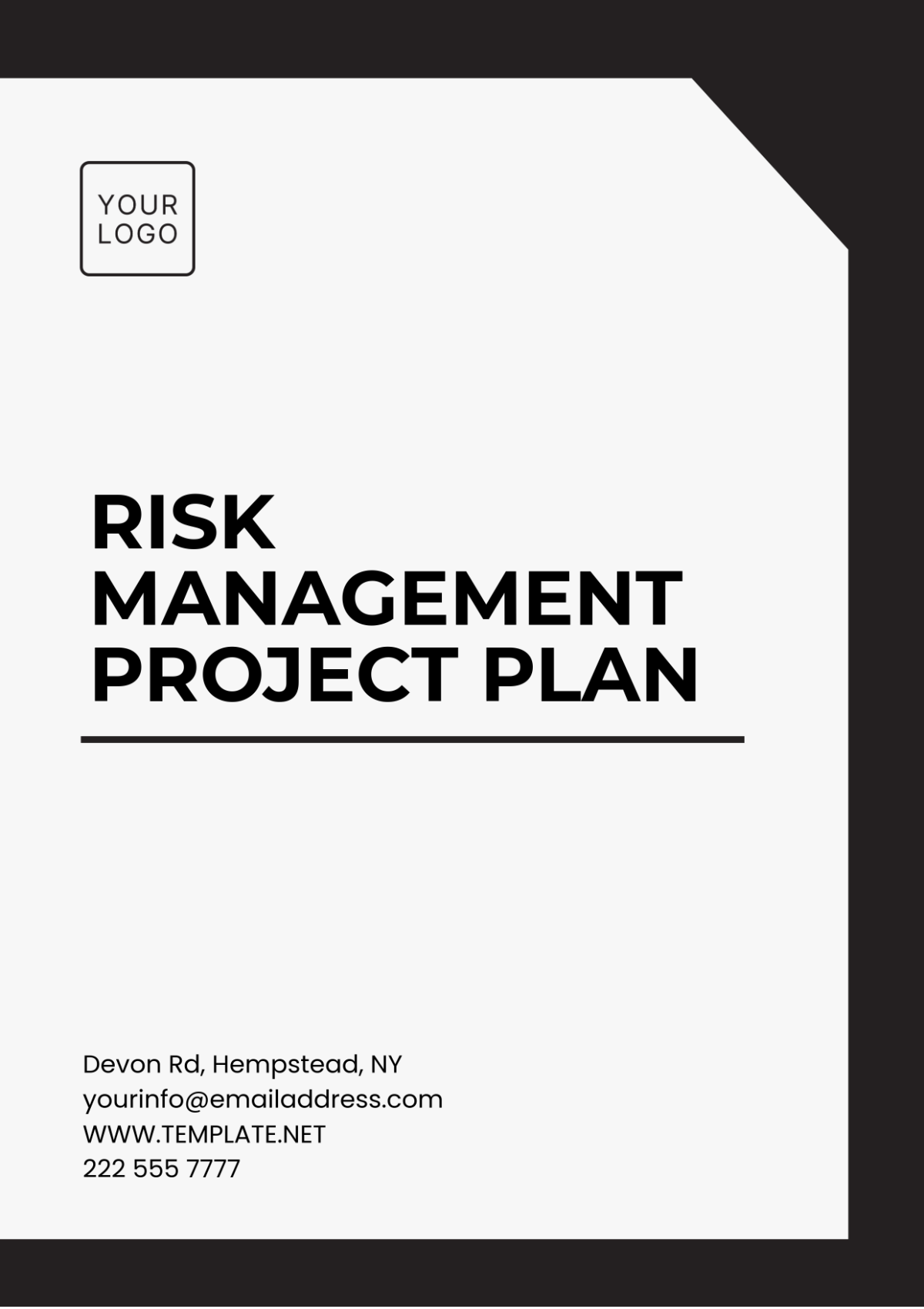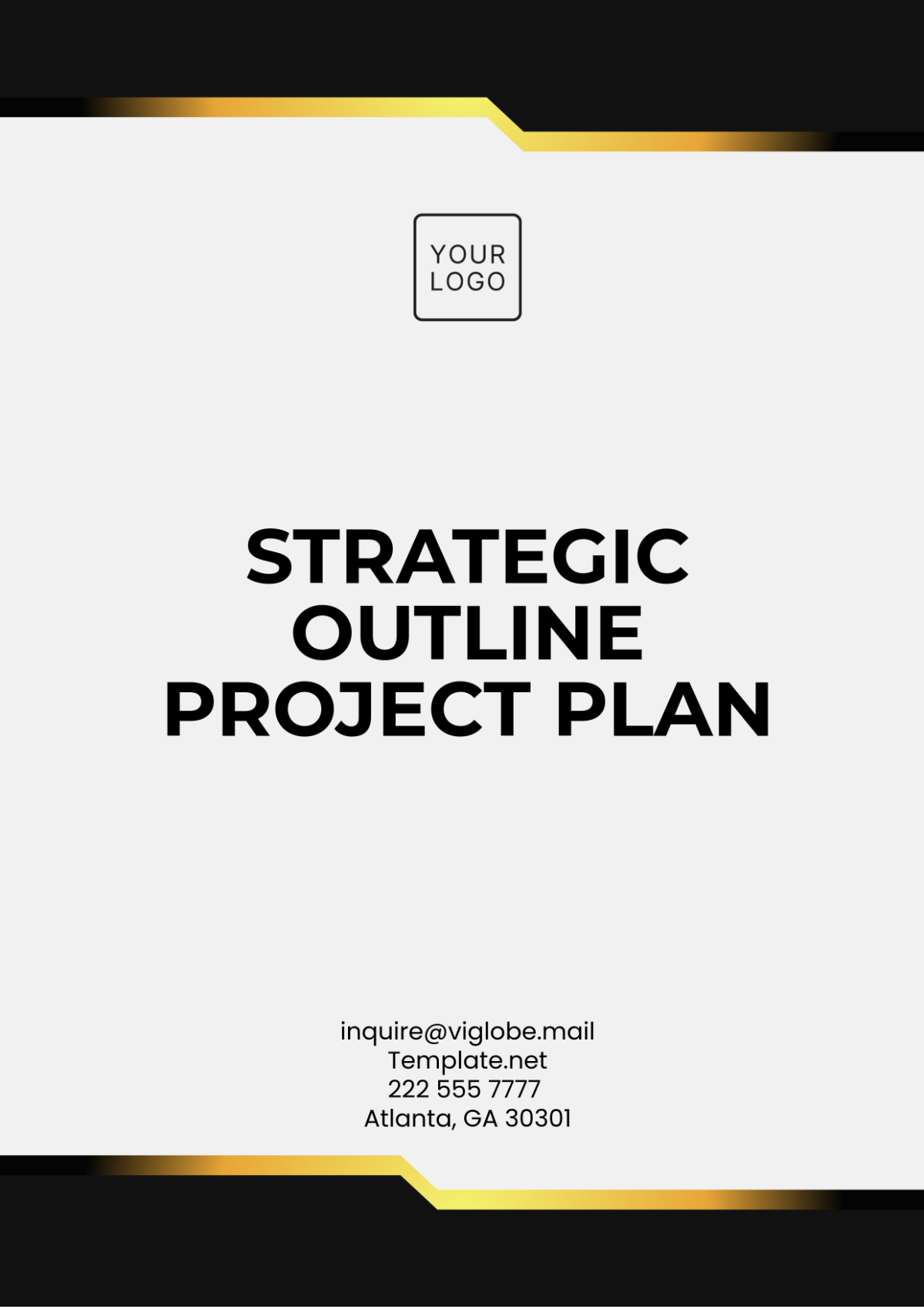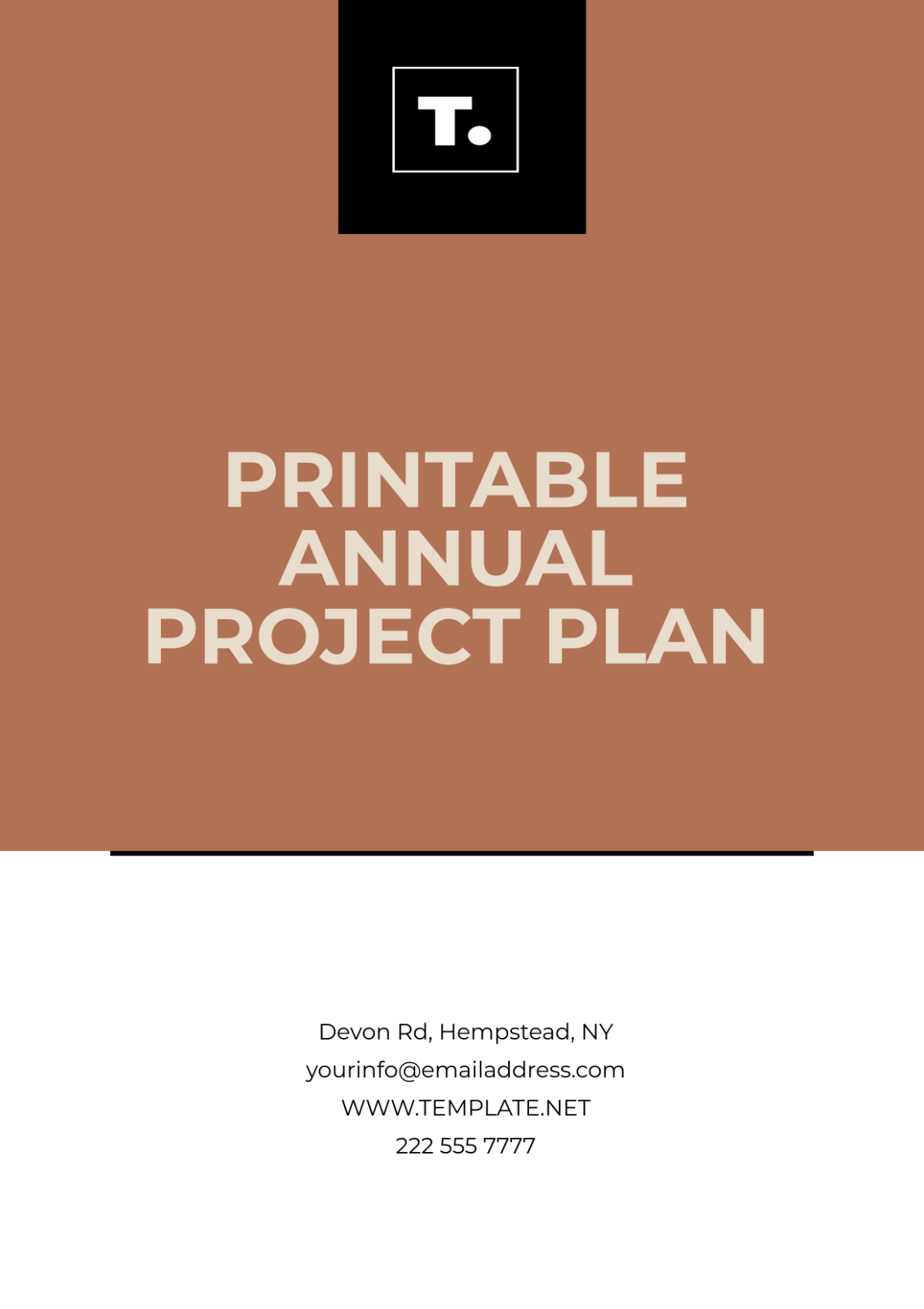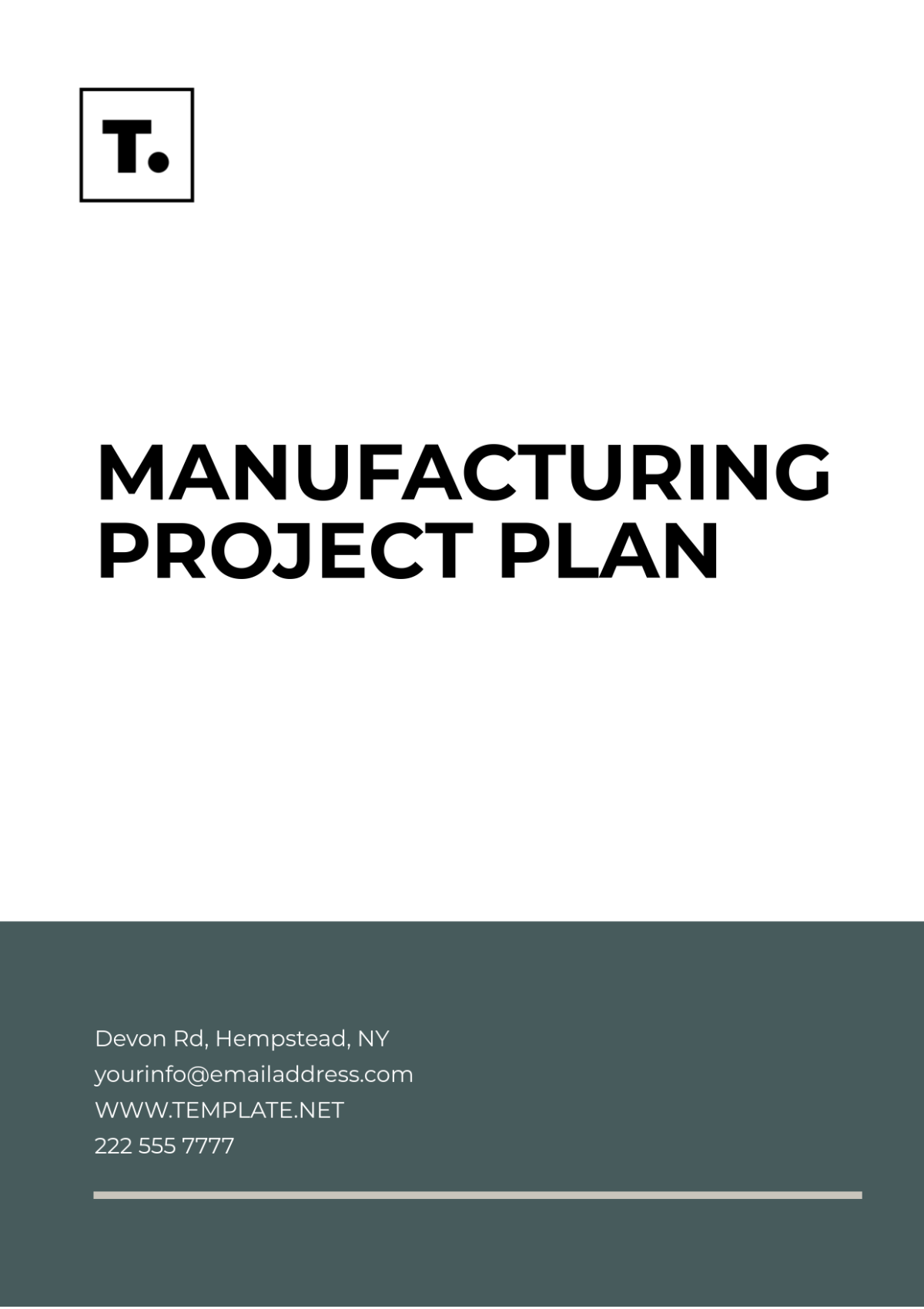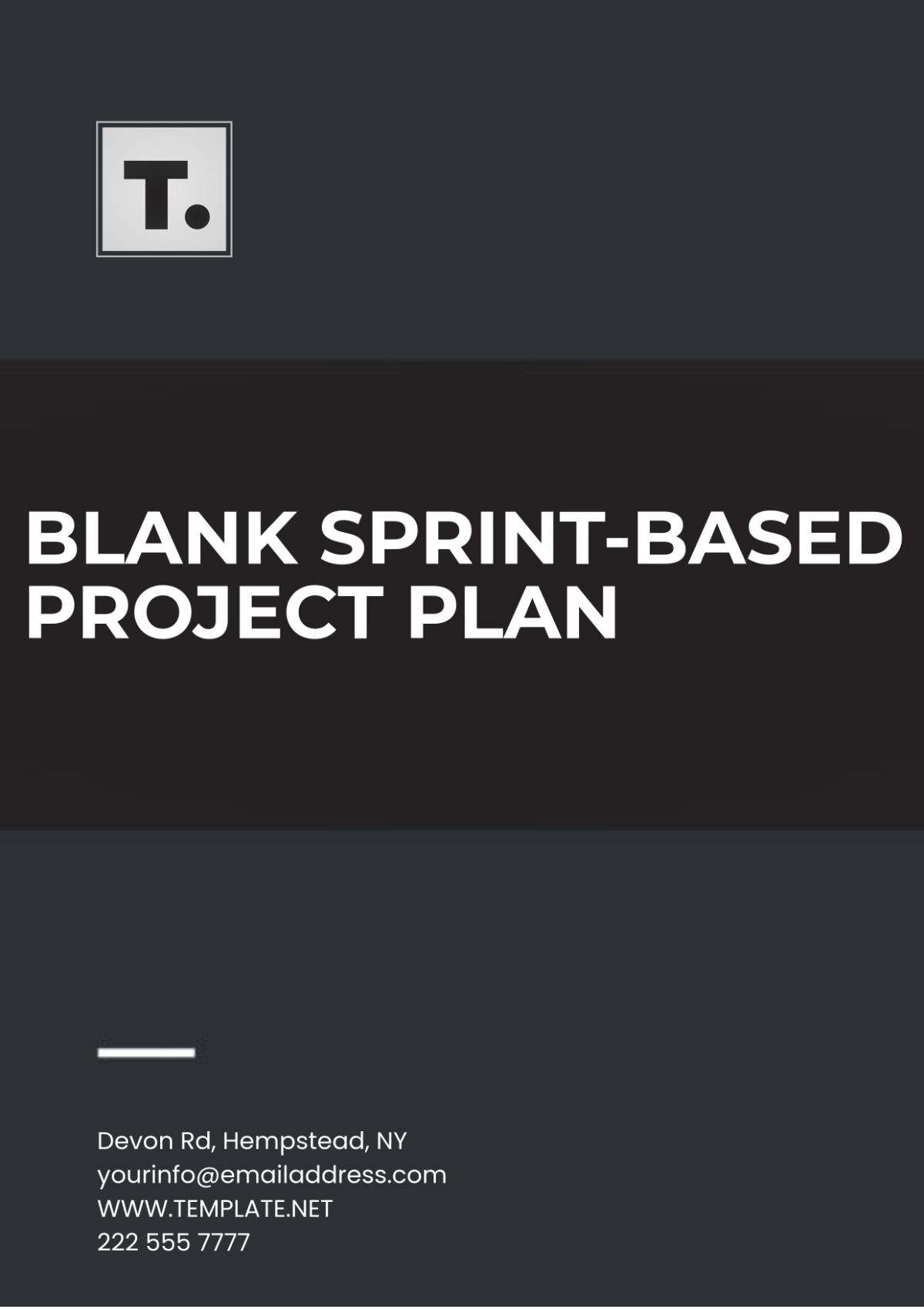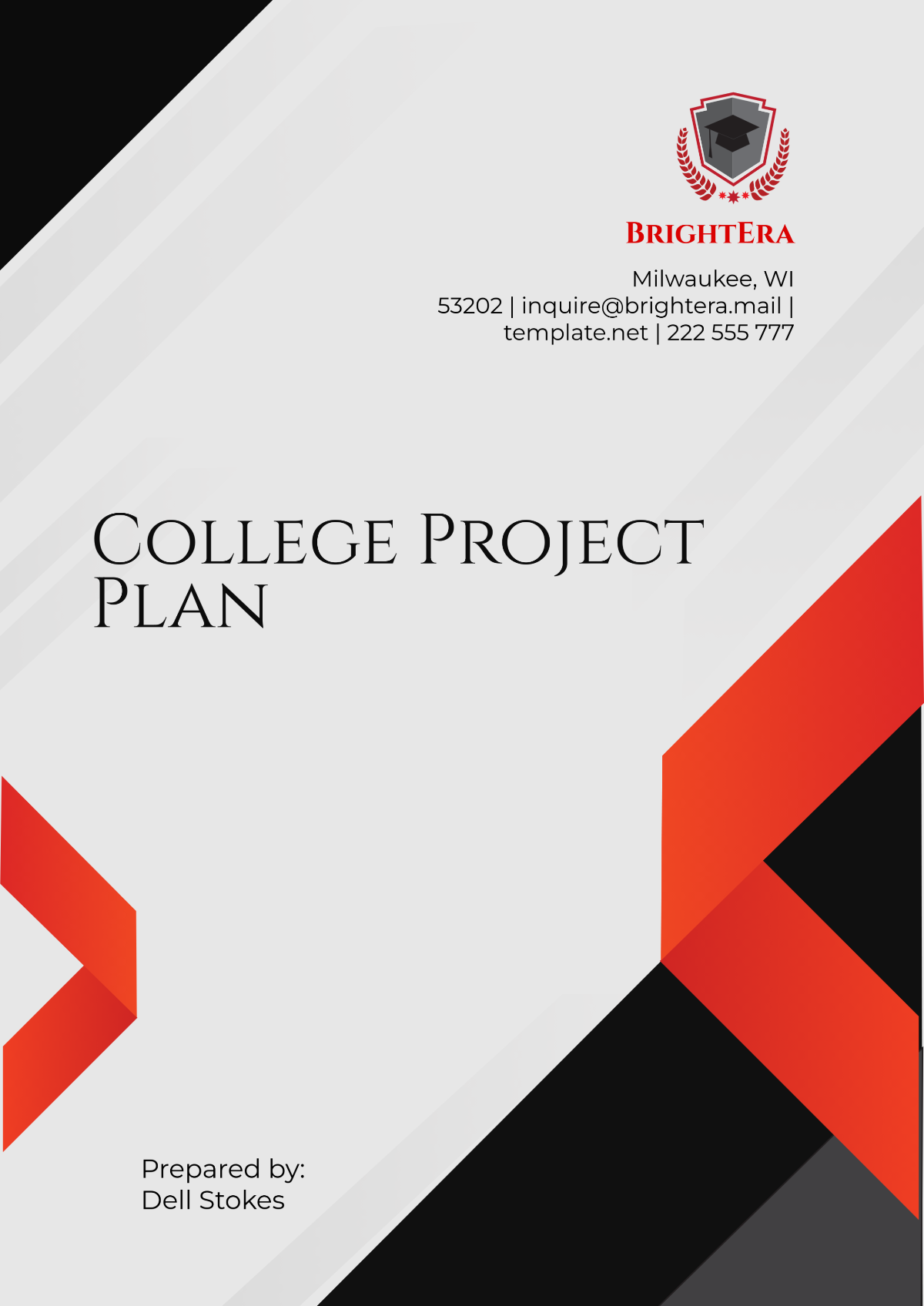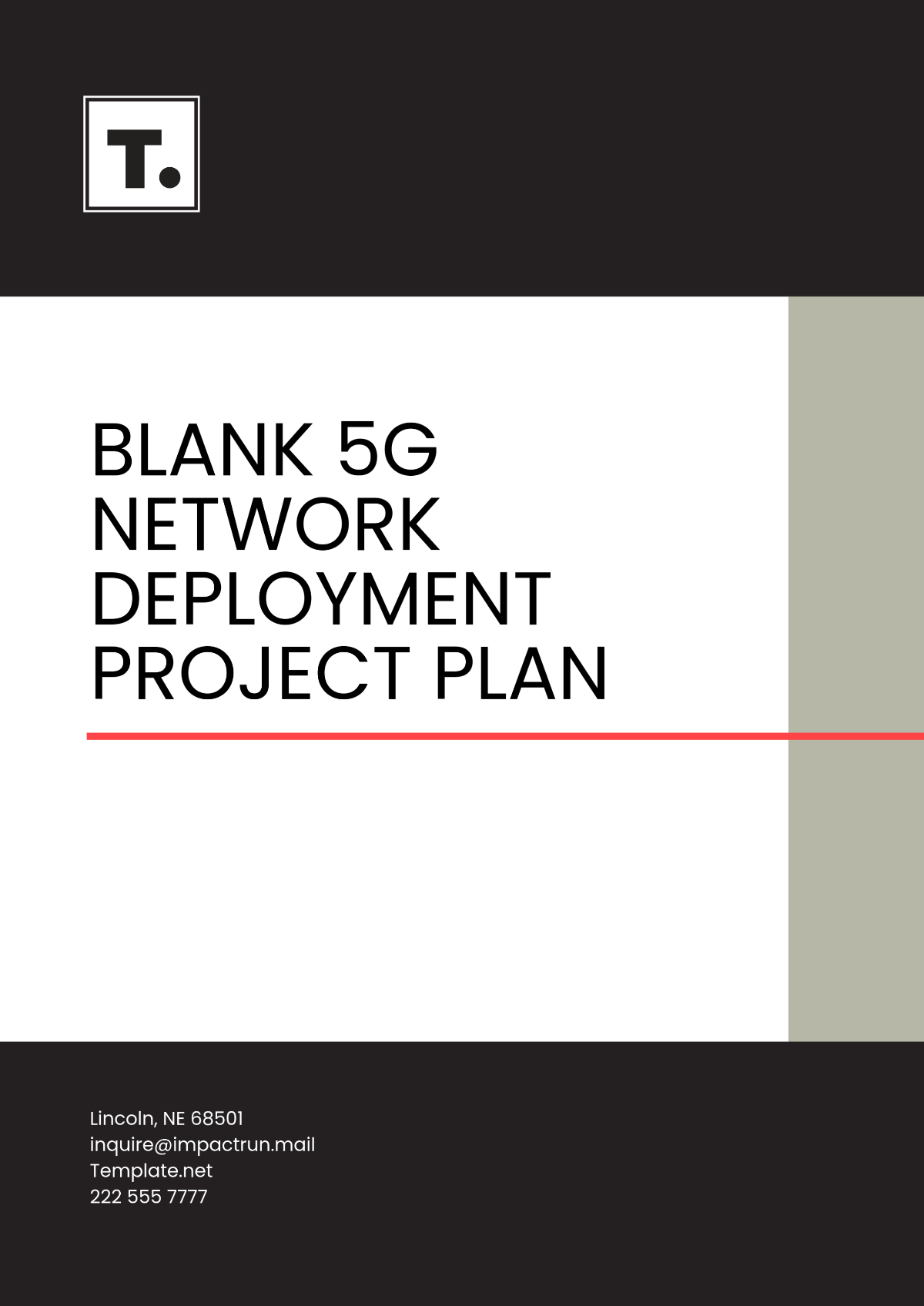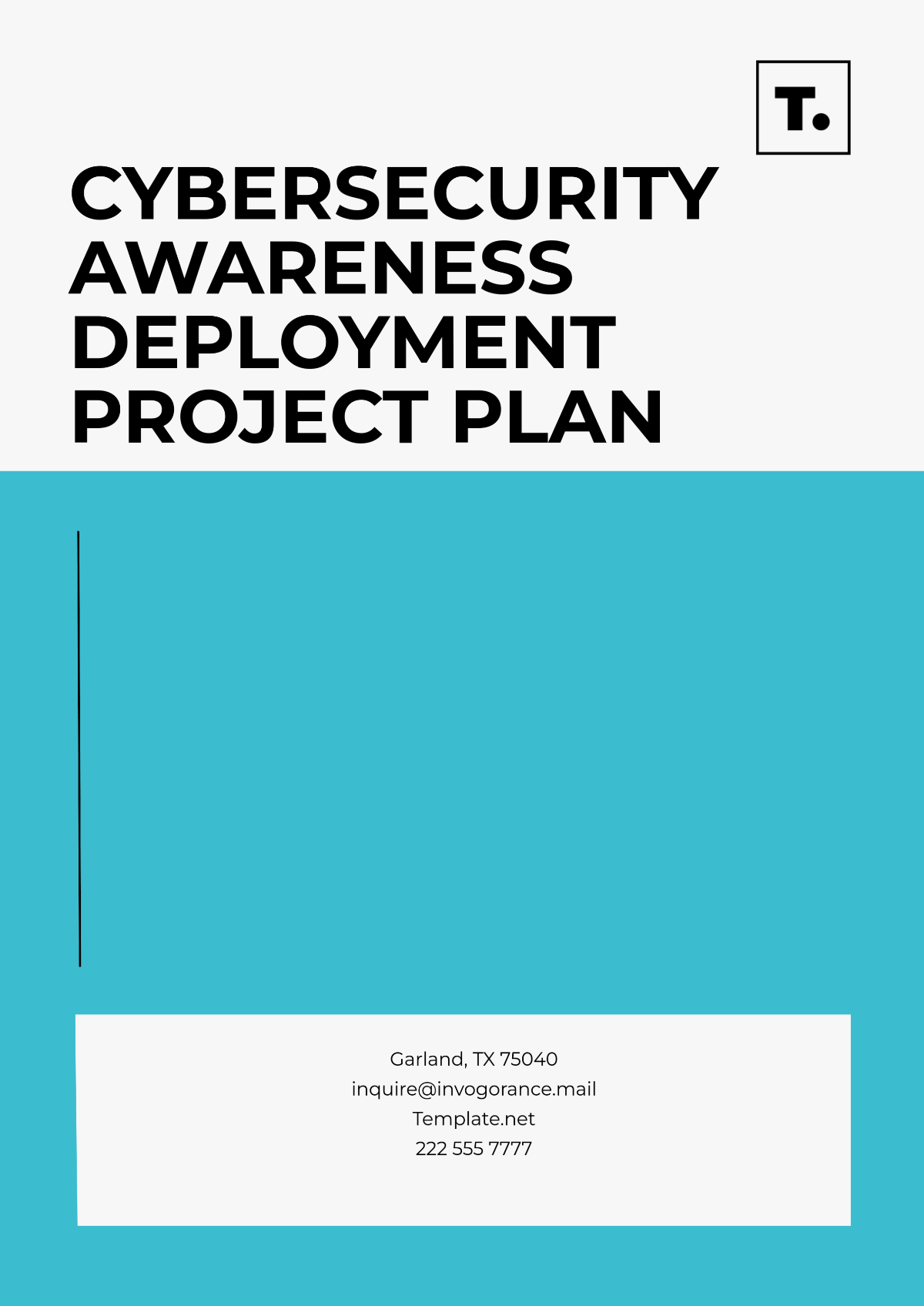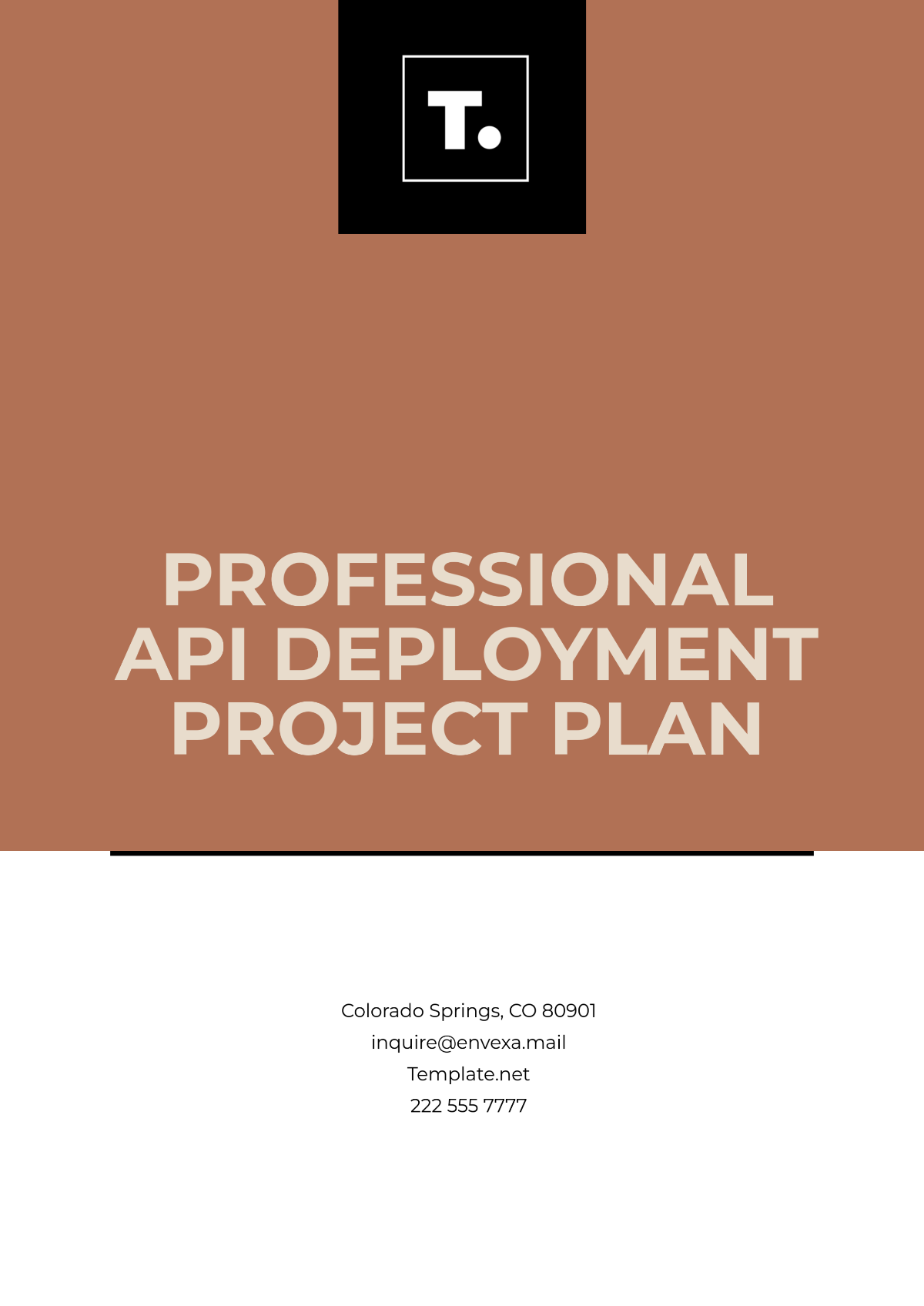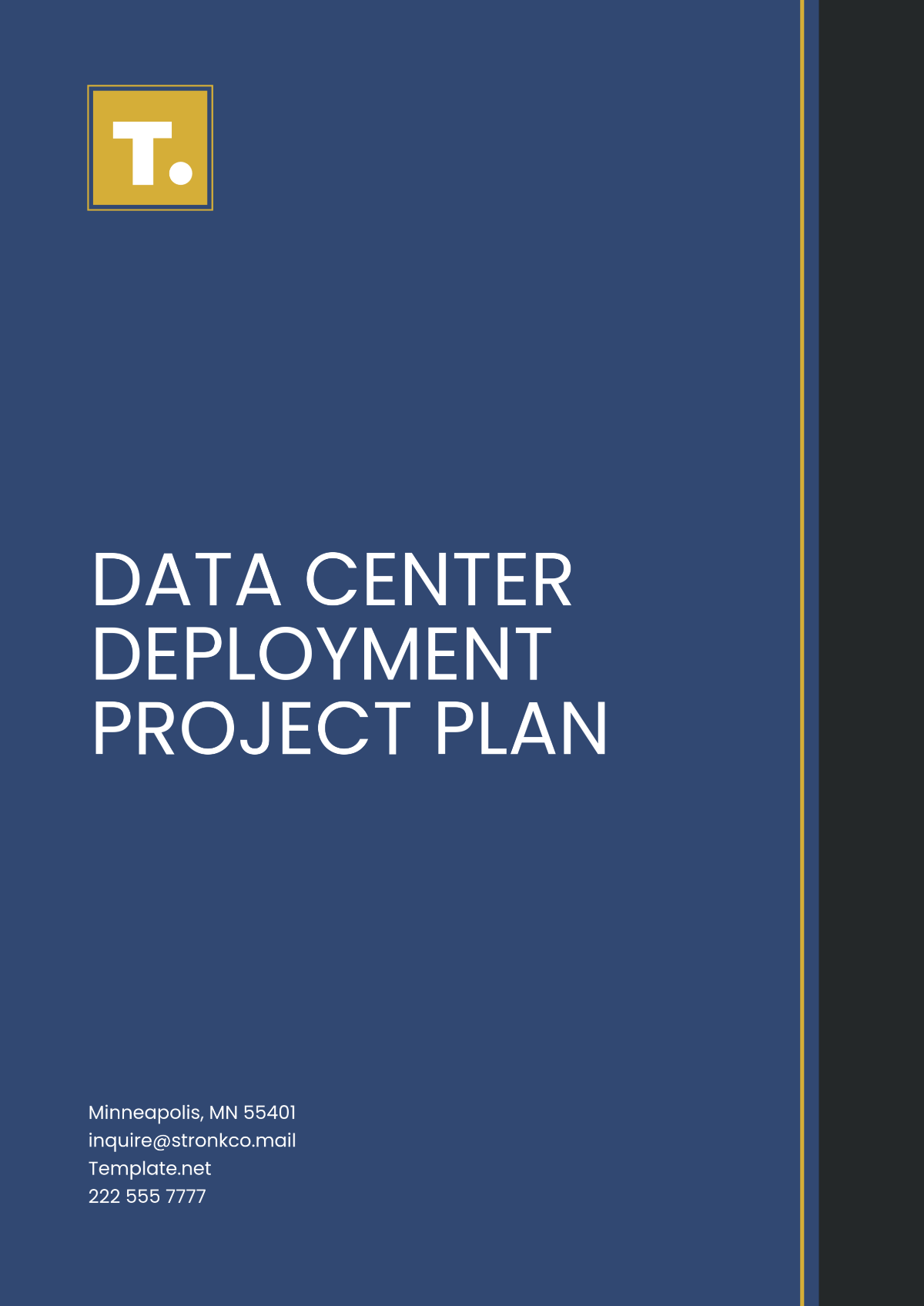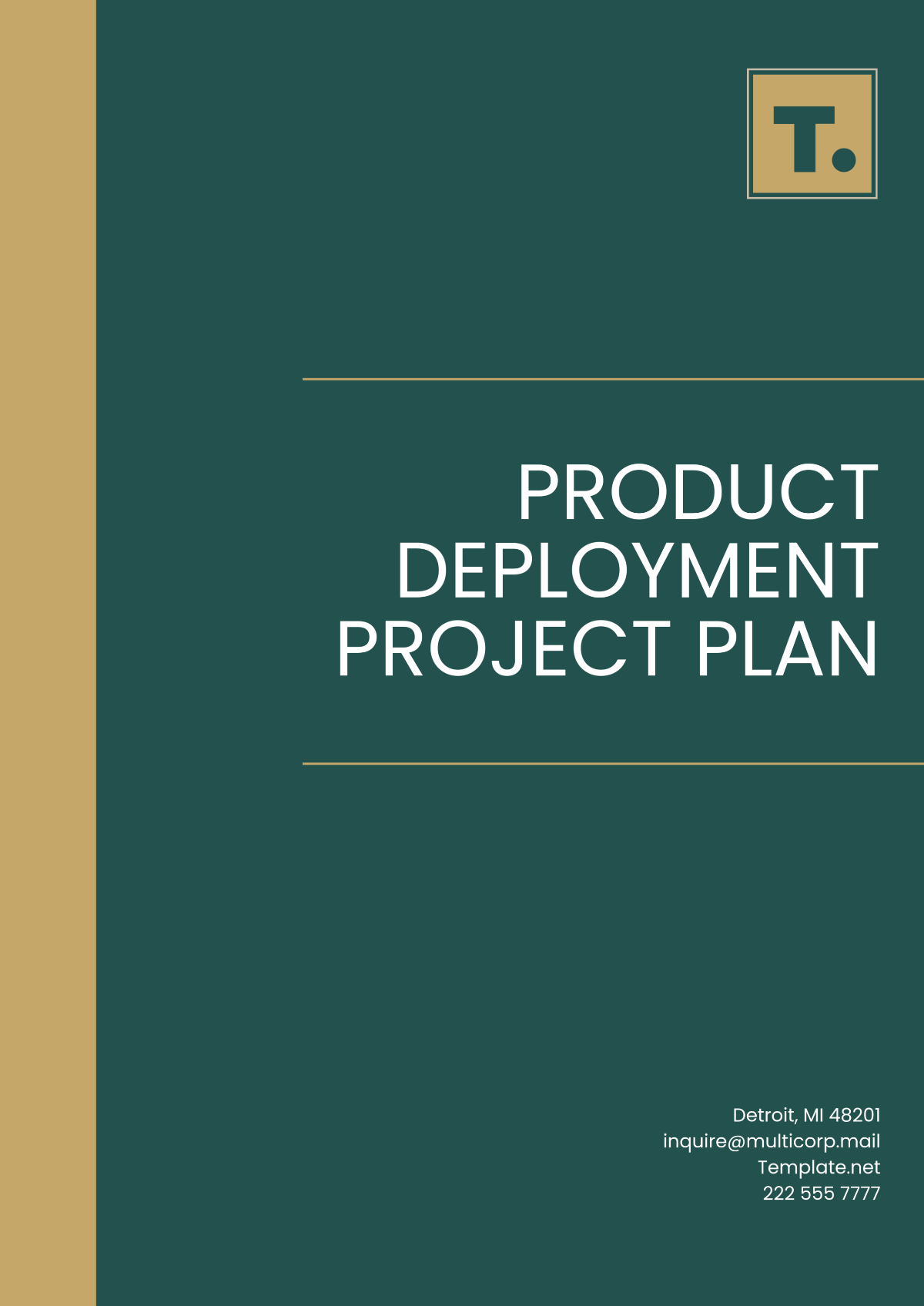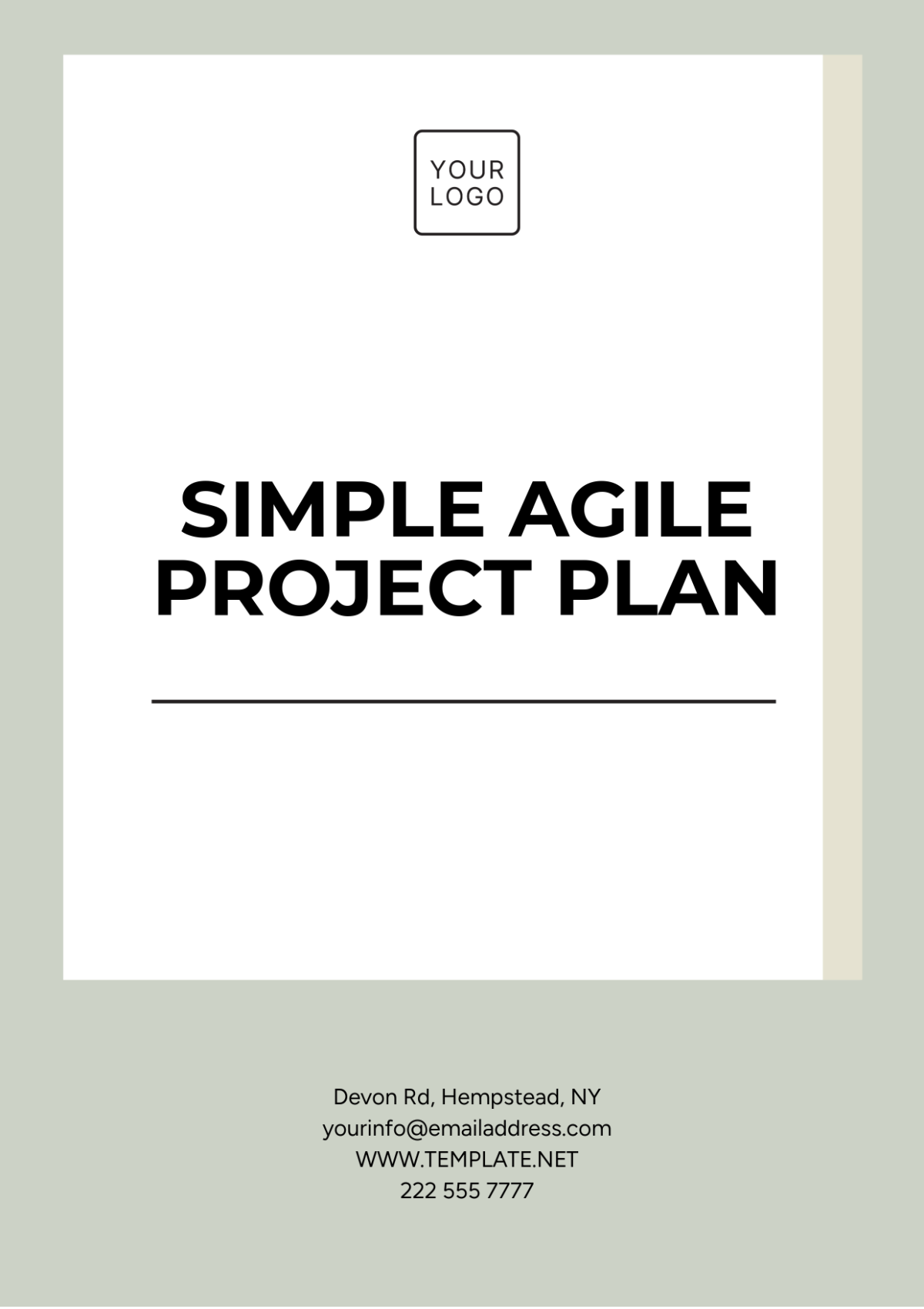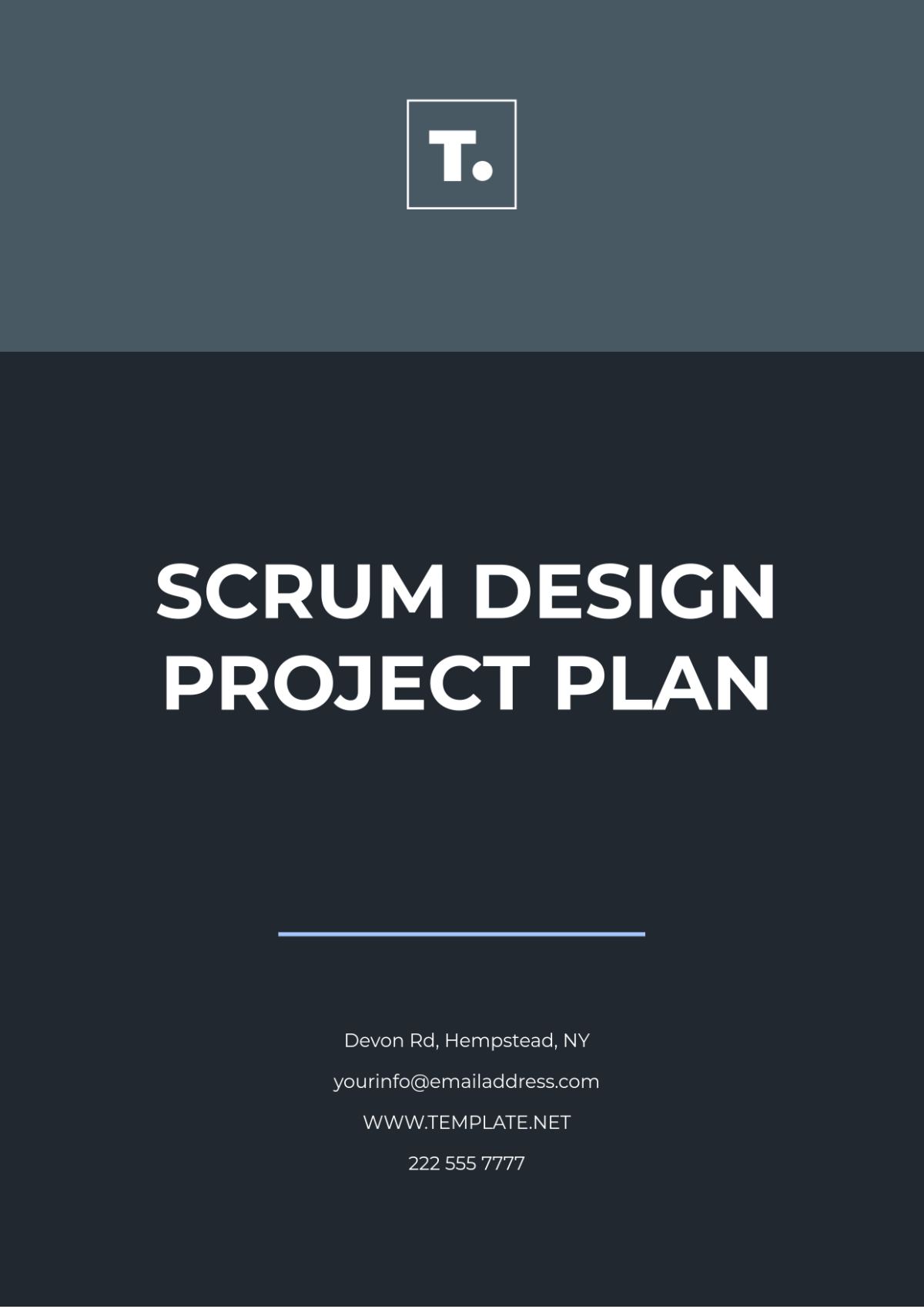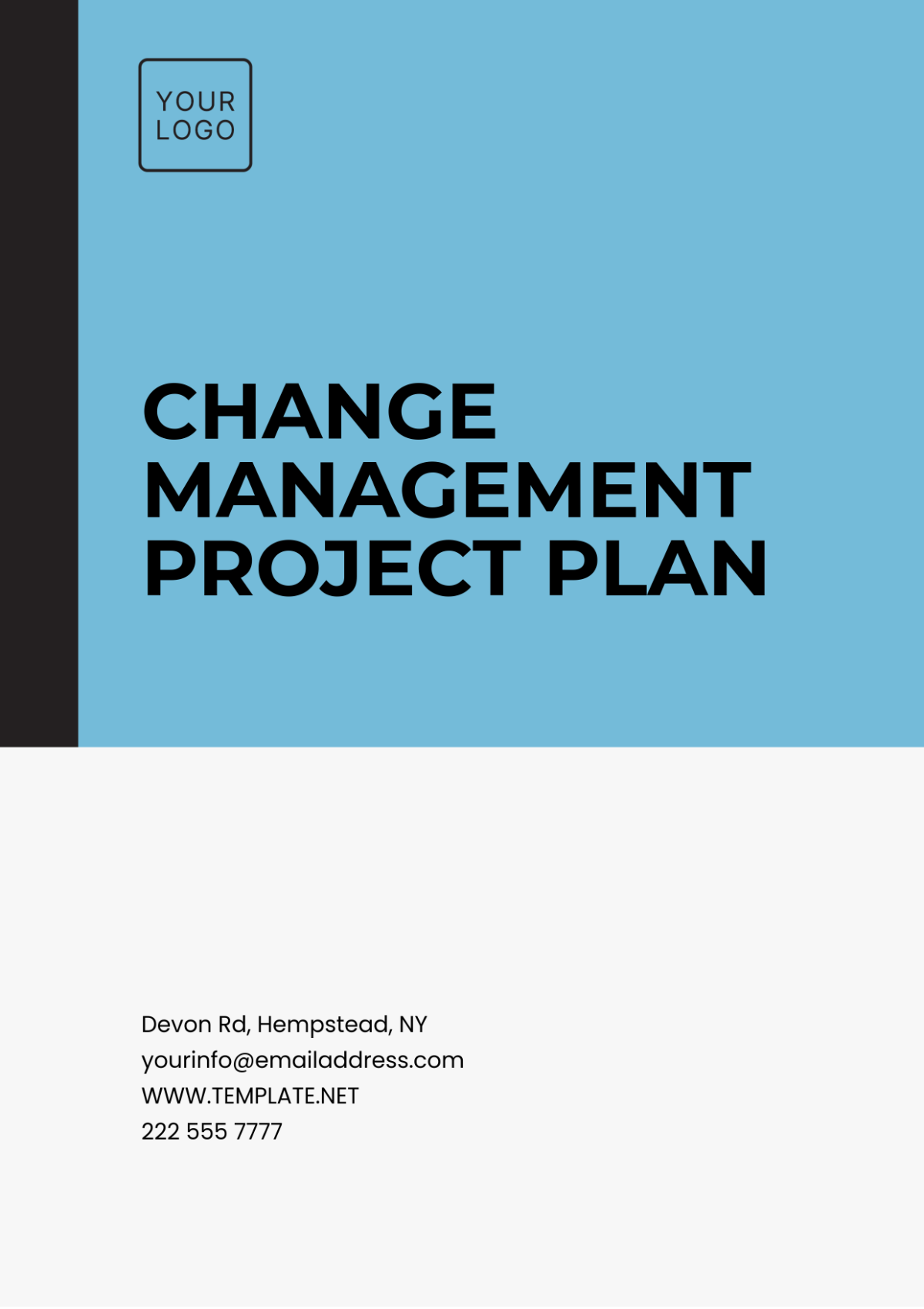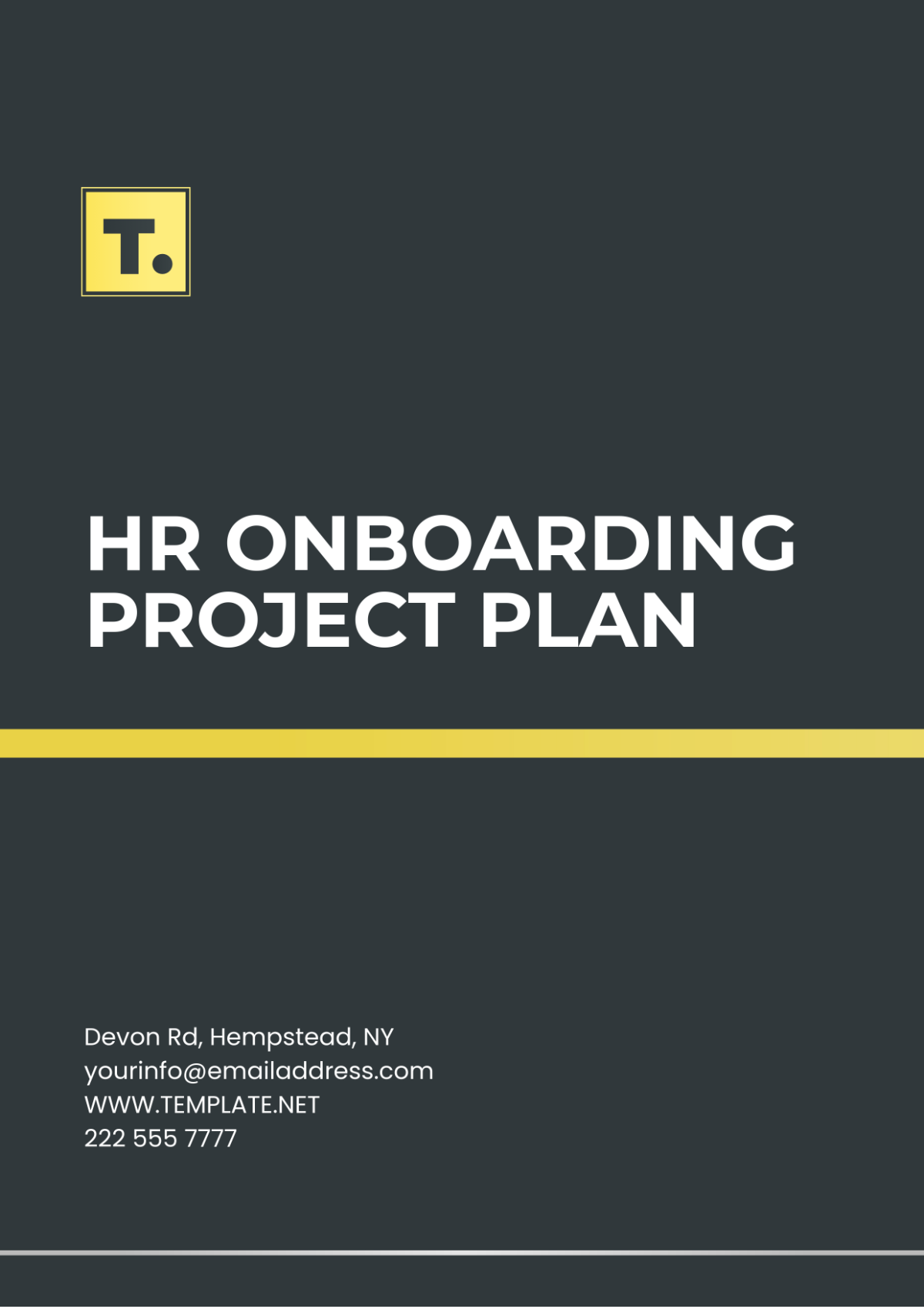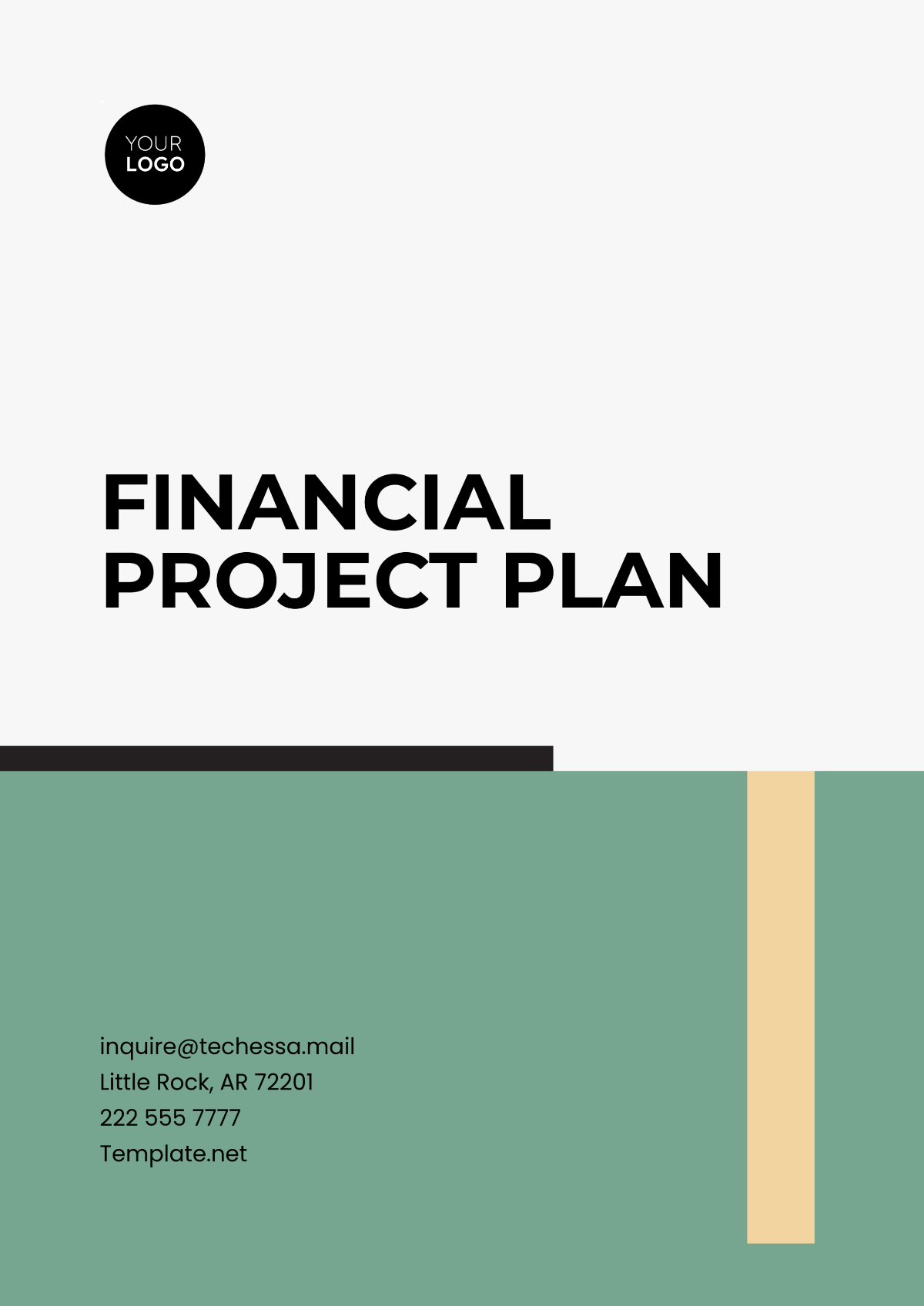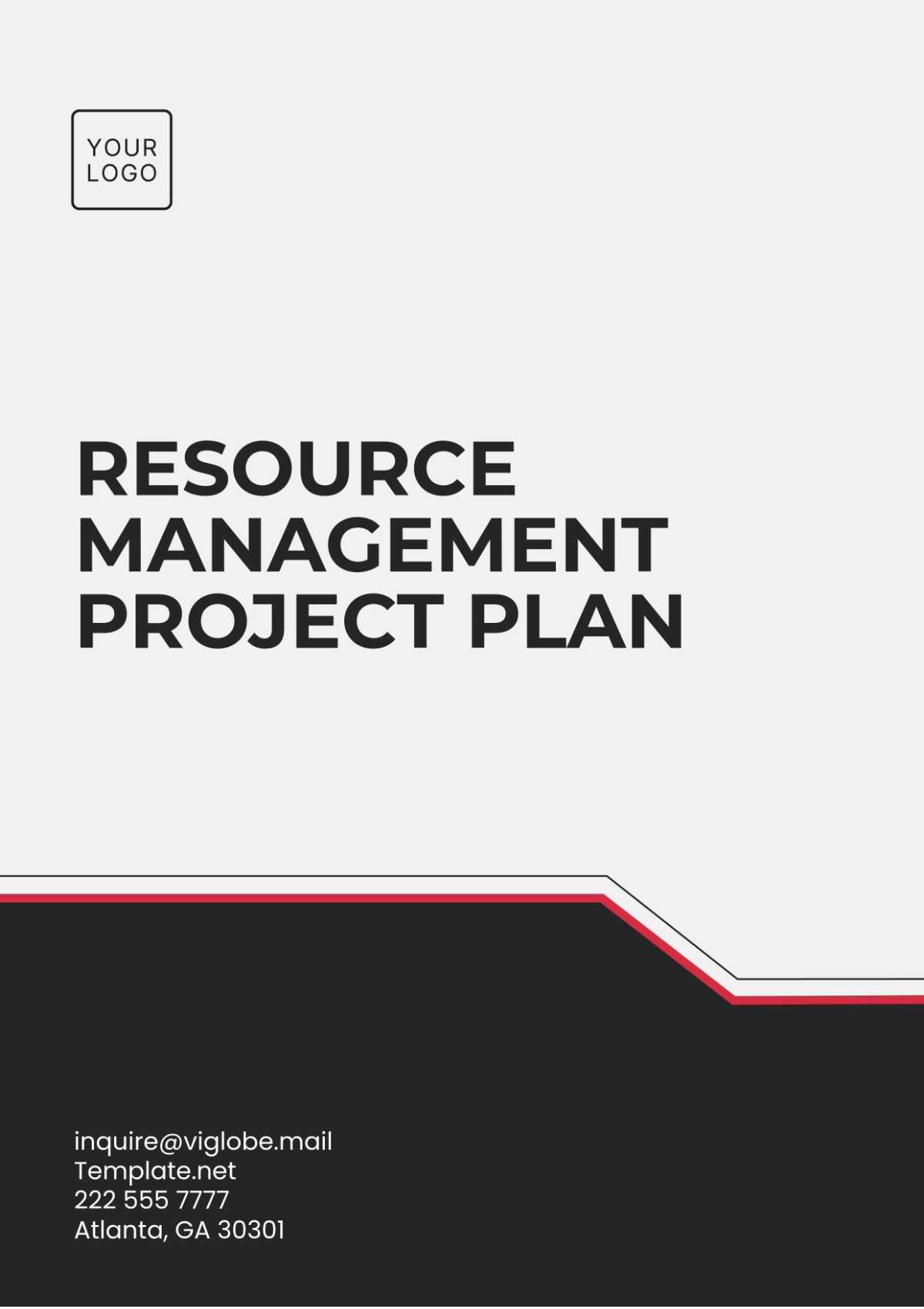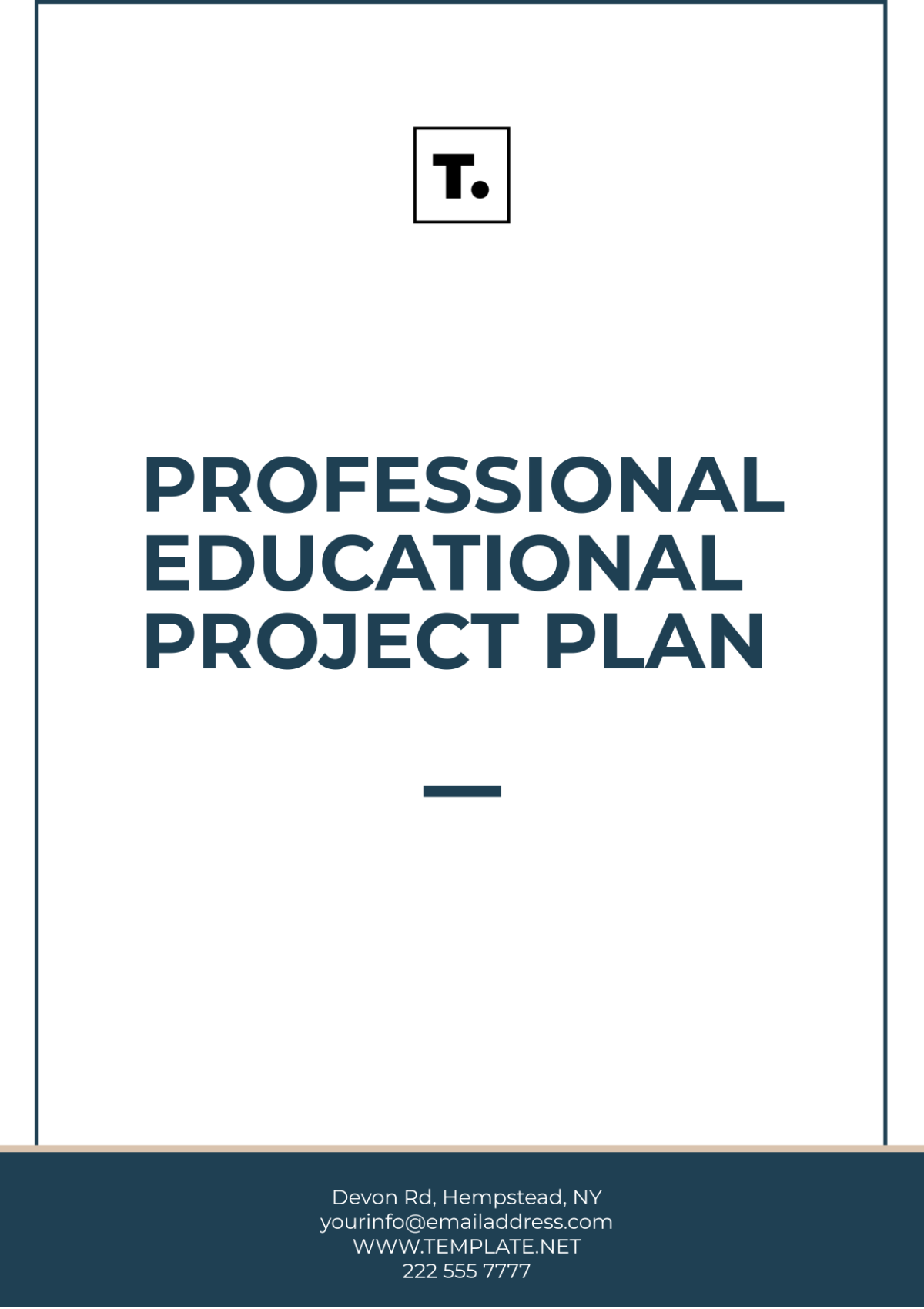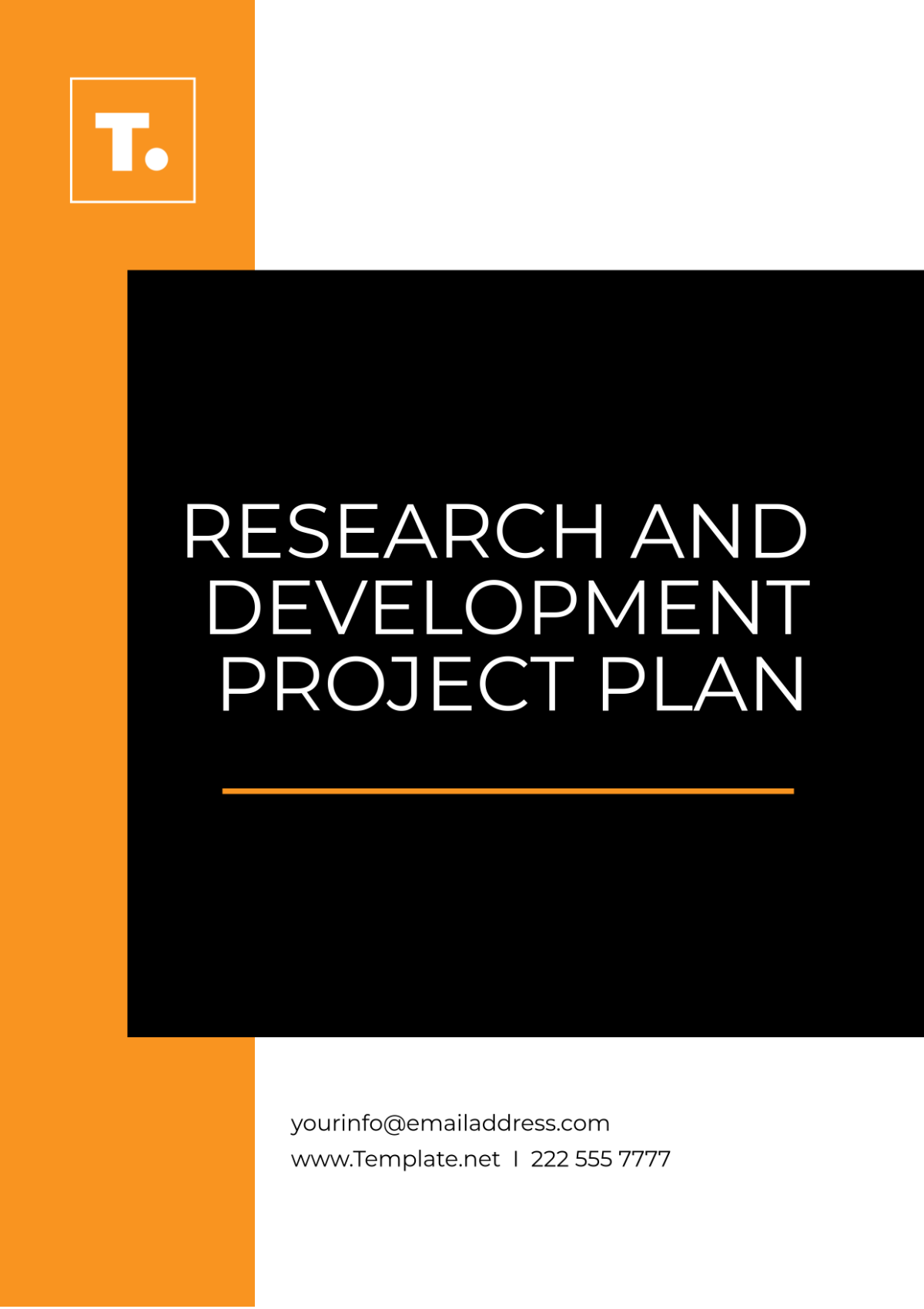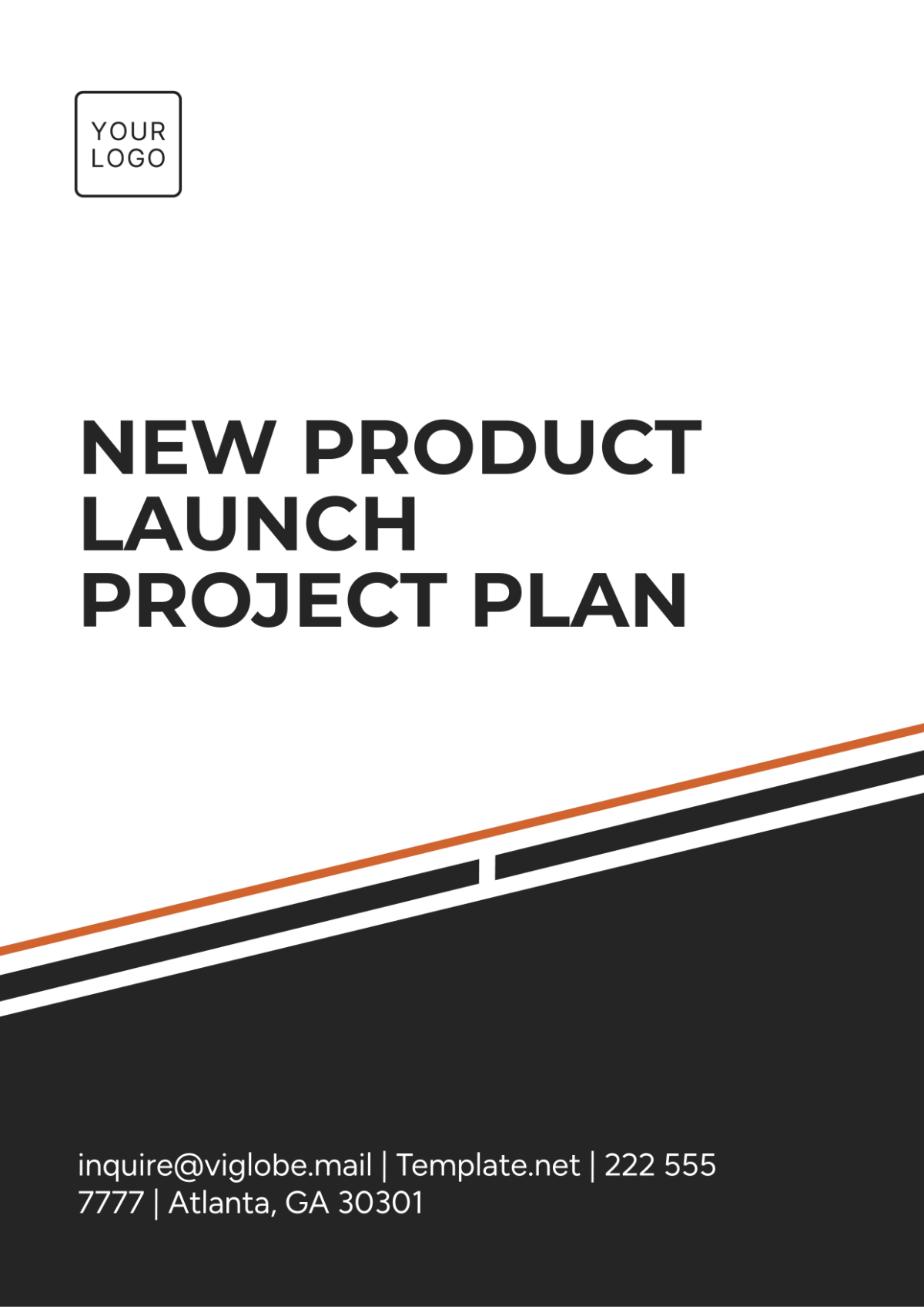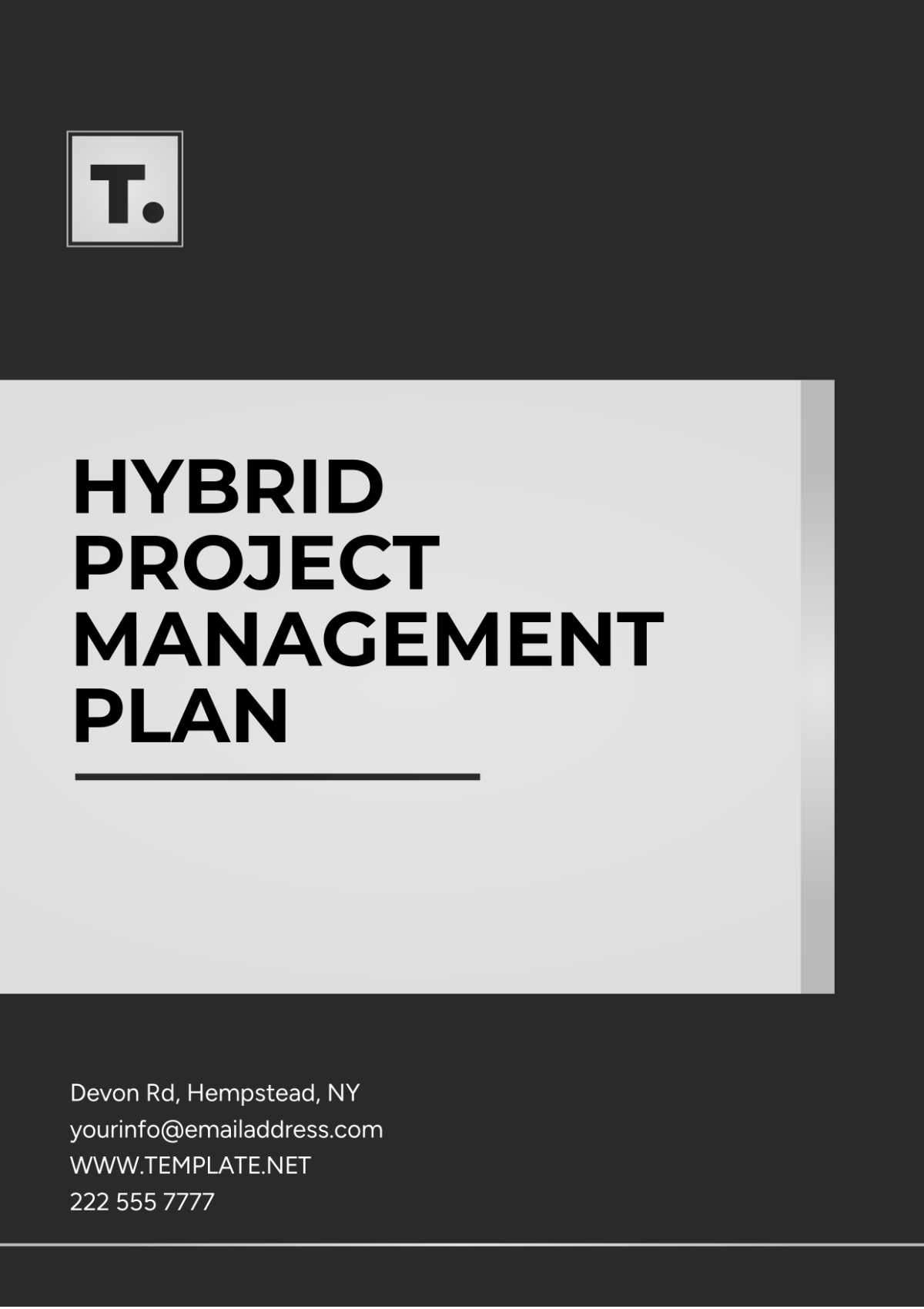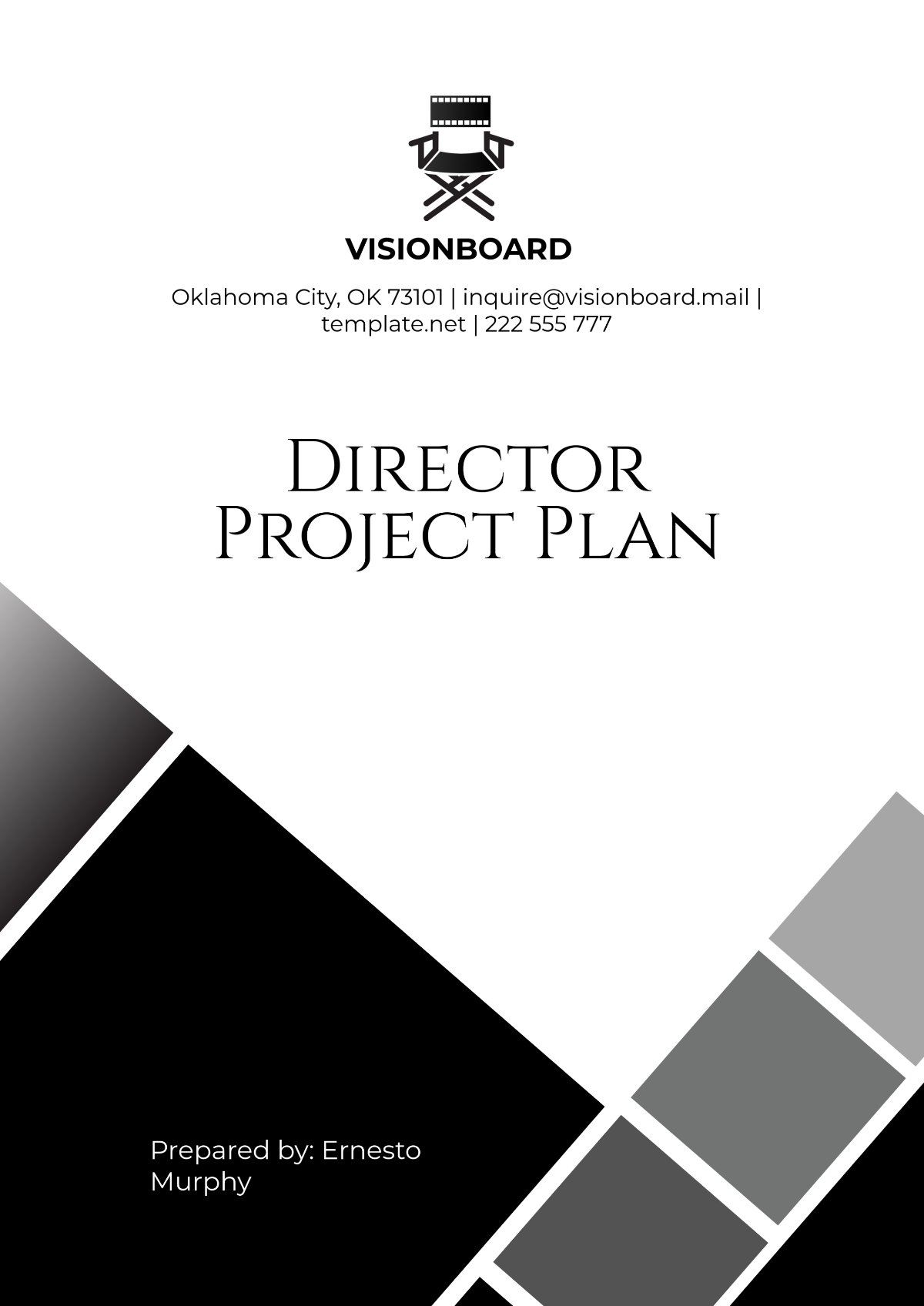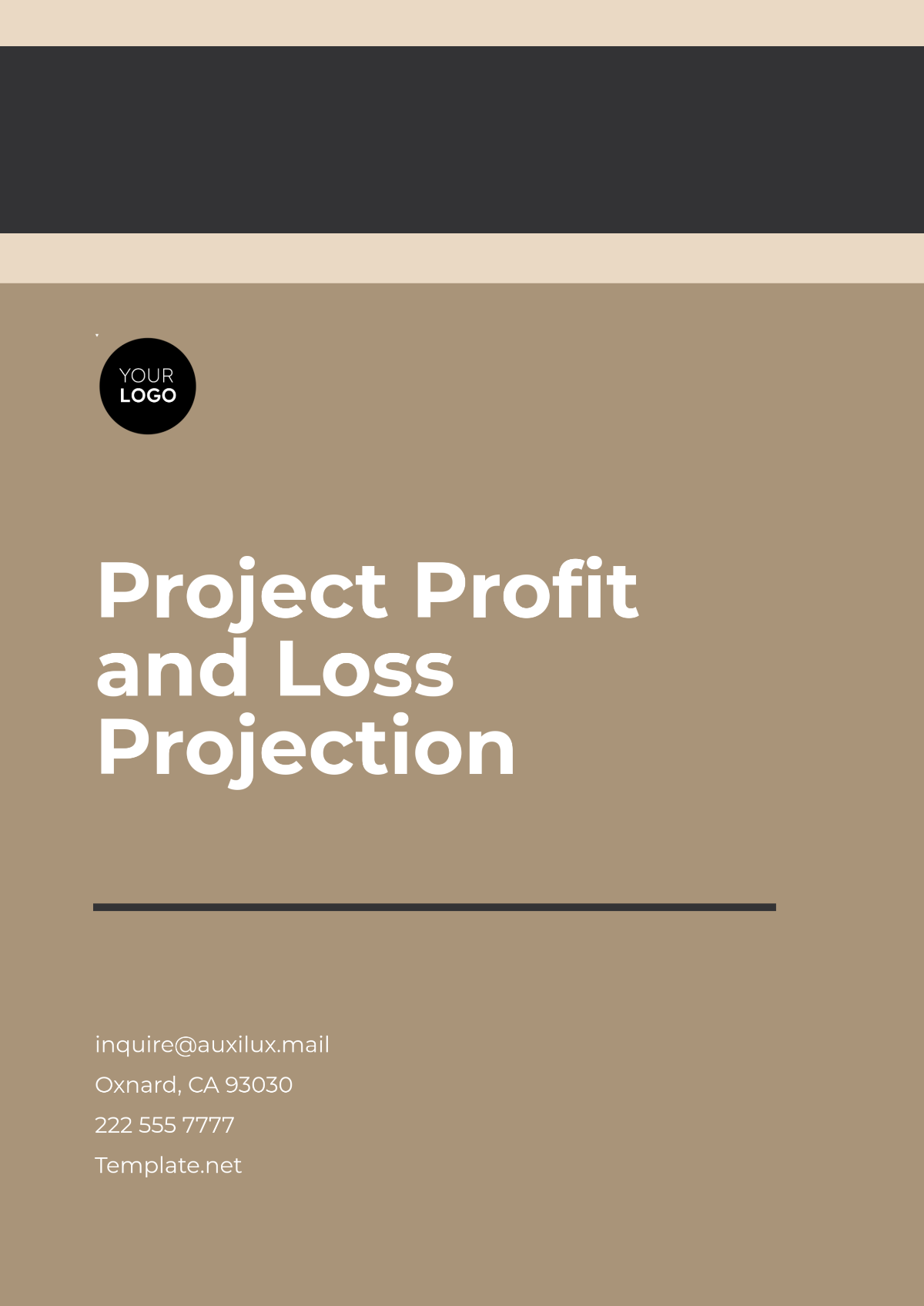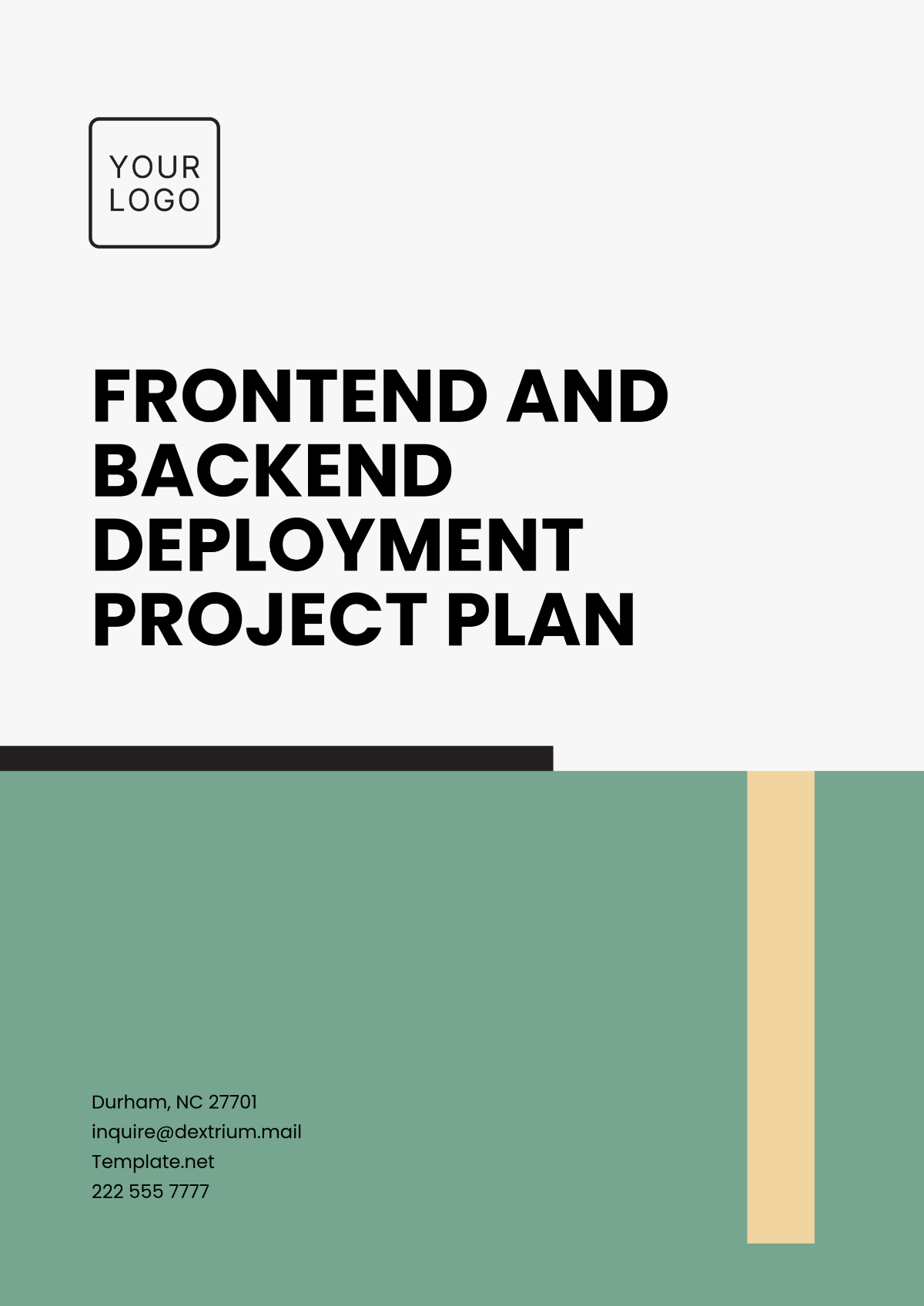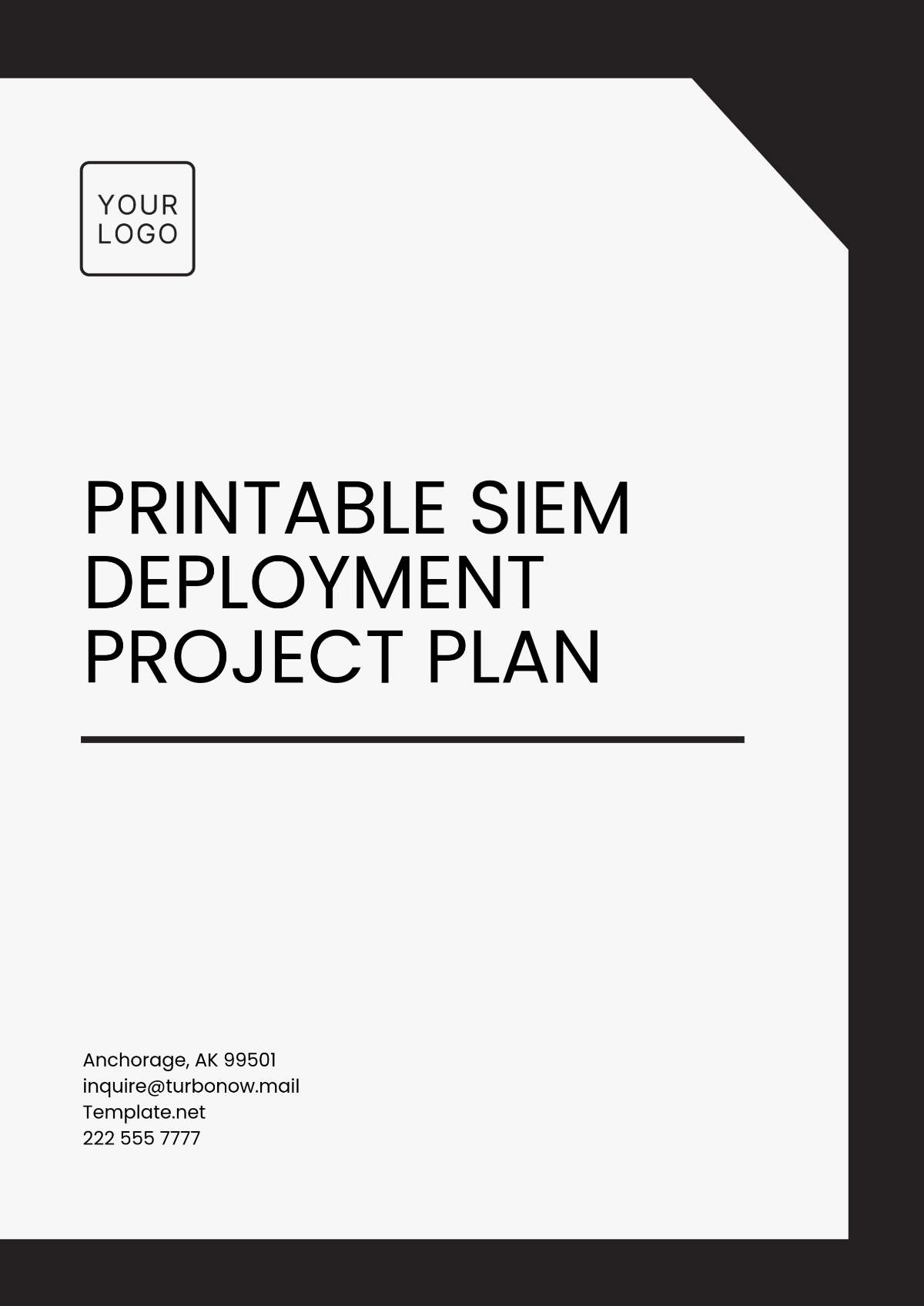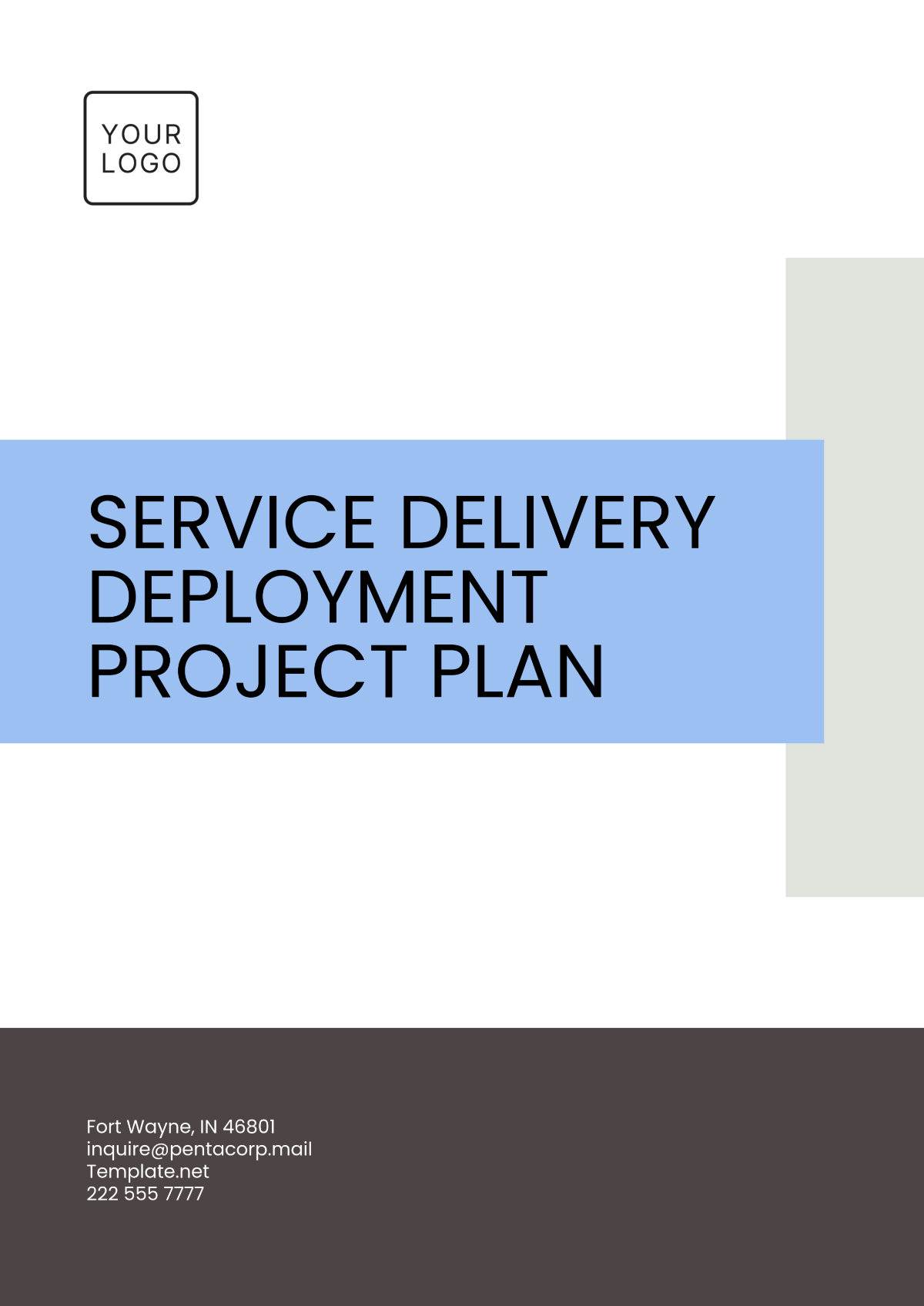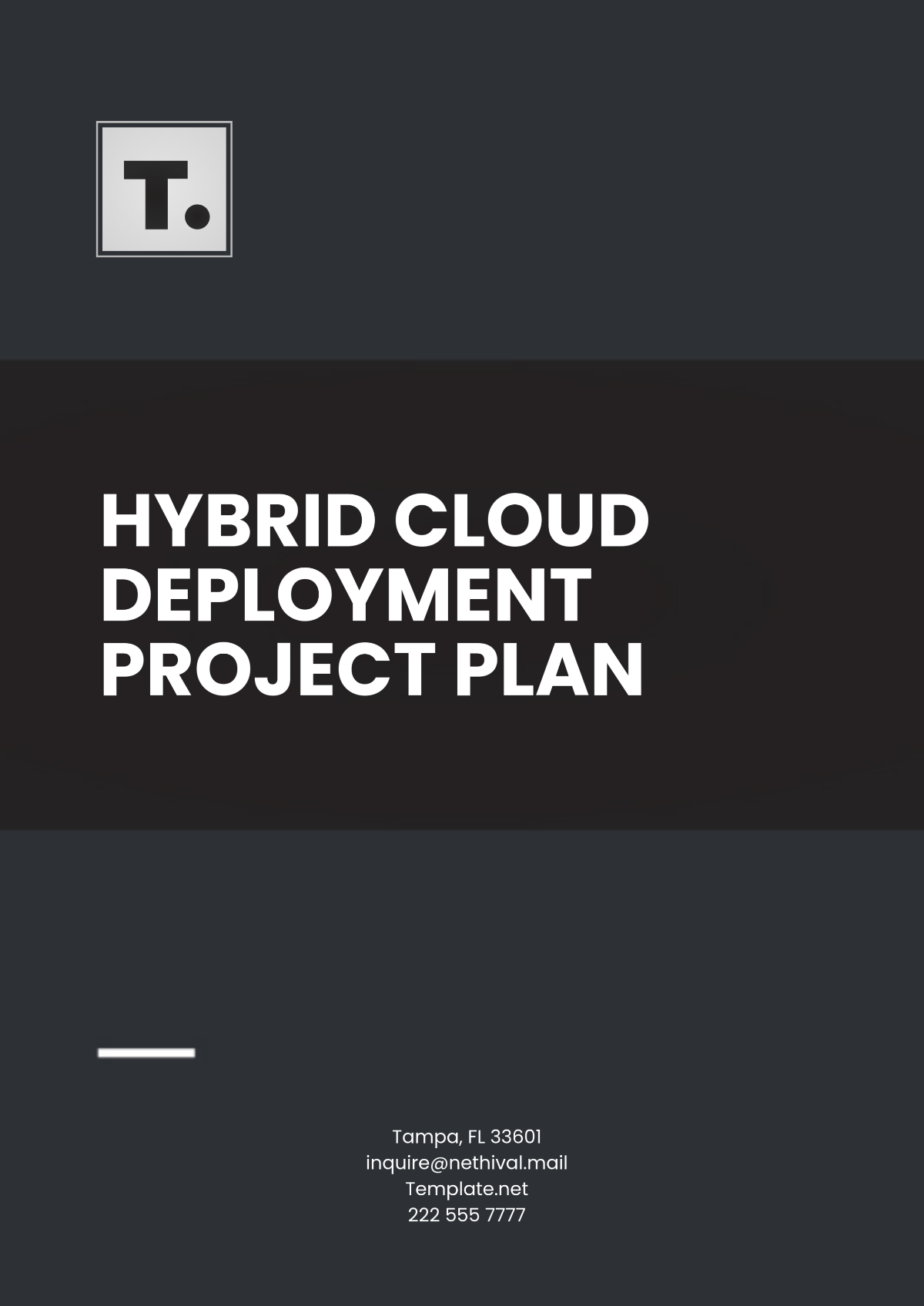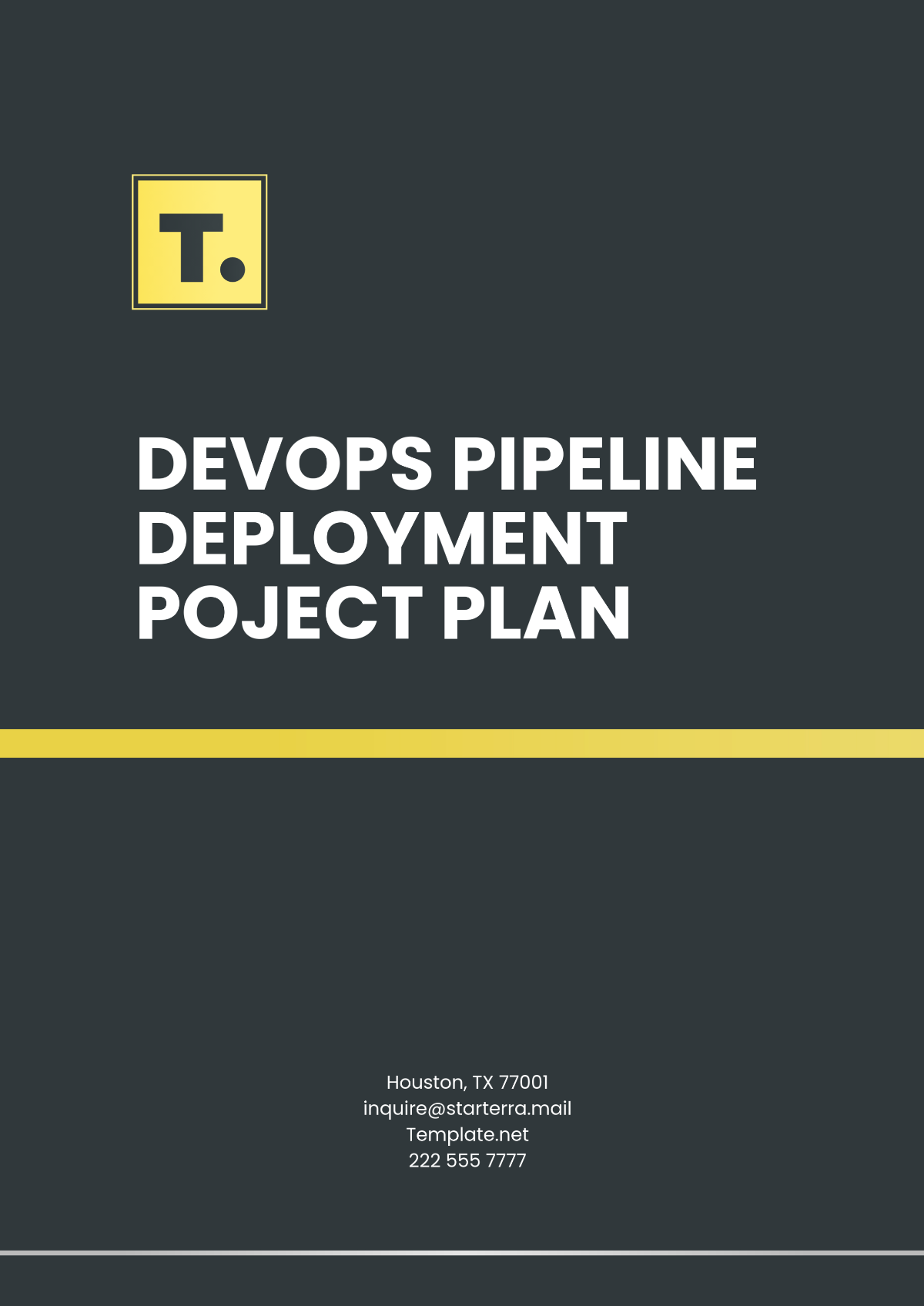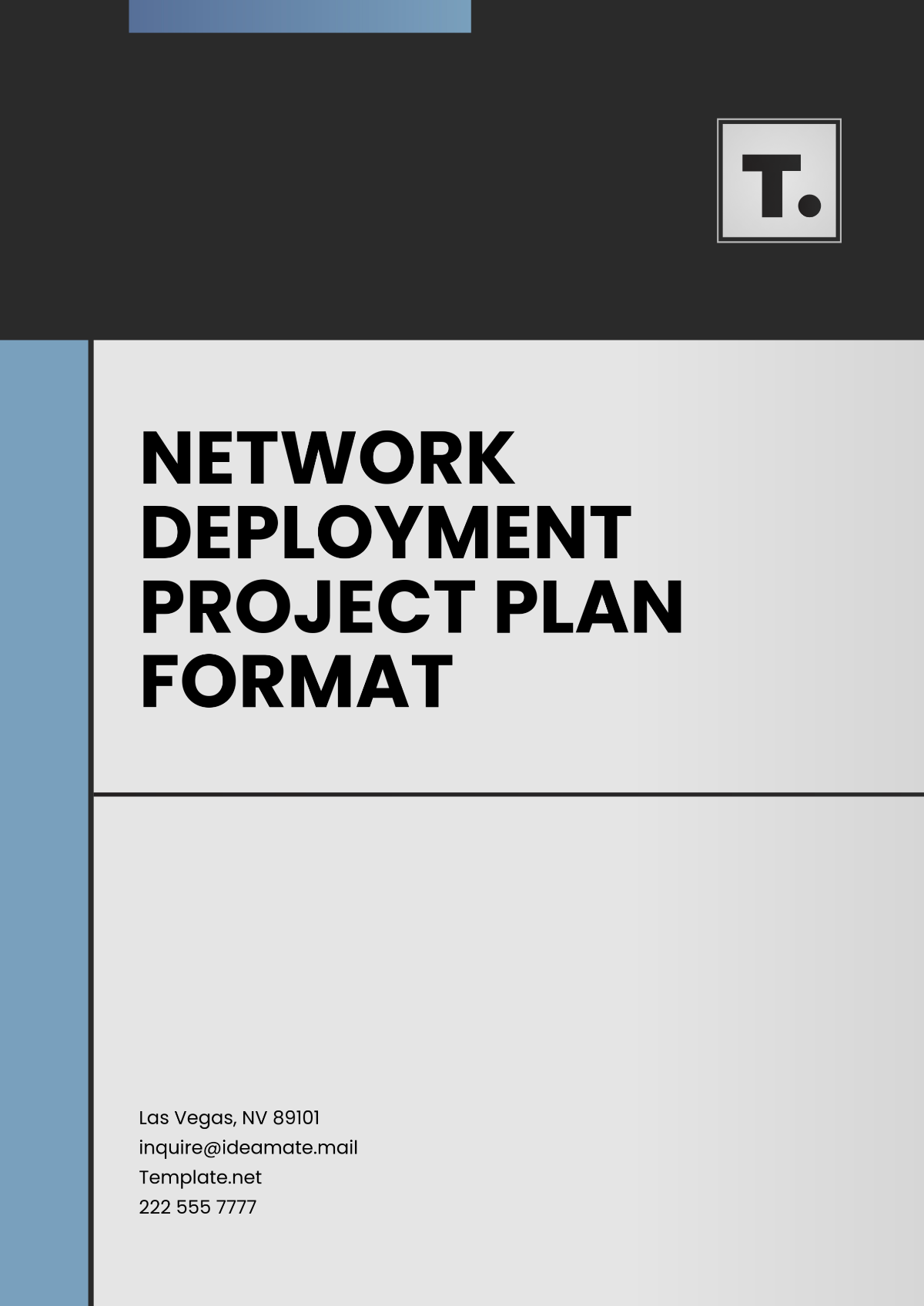Startup Project Plan
1. Executive Summary
1.1 Introduction
The Startup Project Plan for [Your Company Name] is a comprehensive guide designed to outline the strategic approach for launching and establishing a new enterprise in the [industry]. This document serves as a blueprint for our journey, detailing the vision, goals, and methodologies that will guide us towards successful market entry and long-term sustainability. By addressing key elements such as market analysis, operational strategies, financial projections, and growth forecasts, we aim to provide a clear roadmap for achieving our business objectives and creating value for our stakeholders.
1.2 Business Overview
[Your Company Name] will operate within the dynamic renewable energy sector, focusing on solar energy solutions. Our core offerings include solar panels, energy storage systems, and solar-powered appliances, which are designed to meet the evolving needs of residential, commercial, and industrial markets. We intend to leverage innovative technologies, such as advanced photovoltaic materials and smart grid integration, and strategic partnerships with technology providers and environmental organizations to differentiate ourselves from competitors and build a strong brand presence.
Our business model emphasizes quality, customer satisfaction, and operational efficiency, aiming to deliver reliable and sustainable energy solutions while optimizing performance and minimizing costs. By focusing on cutting-edge technology and customer-centric service, we aim to enhance our market positioning and drive long-term growth.
1.3 Vision and Mission
Vision Statement: Our vision at [Your Company Name] is to become the foremost provider of of solar energy solutions in the renewable energy sector, setting new benchmarks for excellence and innovation. We aspire to create a lasting impact by redefining industry standards with cutting-edge technology and sustainable practices. Our goal is to lead the transition to clean energy by offering high-efficiency solar products that empower individuals, businesses, and communities. By championing advancements in solar technology and committing to environmental stewardship, we aim to drive positive change and contribute to a more sustainable future.
Mission Statement: Our mission is to deliver exceptional solar energy solutions that significantly enhance the lives of our customers. We are dedicated to operating with the highest level of integrity, ensuring that our business practices align with our core values of sustainability, innovation, and customer-centricity. We strive to continuously improve our products and services, exceeding customer expectations through superior performance and reliability. Our commitment extends beyond business success; we aim to contribute to the greater good by supporting global efforts to reduce carbon emissions and promote renewable energy adoption. Through our unwavering focus on quality and service, we endeavor to build lasting relationships with our customers and make a meaningful difference in the world.
1.4 Objectives
Short-Term Objectives (1-2 years):
Successfully launch the initial product/service offerings, establishing a solid market presence and building brand awareness.
Achieve break-even profitability by managing costs effectively and optimizing revenue streams.
Forge key partnerships and alliances with industry leaders, suppliers, and distributors to strengthen our market position and expand our reach.
Medium-Term Objectives (3-5 years):
Broaden our product/service portfolio to include new and innovative offerings that cater to emerging customer needs.
Increase market share by 20%, focusing on both existing and new customer segments through targeted marketing and sales efforts.
Explore and enter new geographical markets, adapting our strategies to meet local demands and regulatory requirements.
Long-Term Objectives (5-10 years):
Achieve sustained annual revenue growth of 15%, driven by continuous product development, market expansion, and operational efficiencies.
Invest in research and development to drive technological advancements and innovations that keep us ahead of industry trends.
Expand into international markets, establishing a global presence and leveraging international opportunities for growth and diversification.
2. Market Analysis
2.1 Industry Overview
The solar energy solutions sector is experiencing rapid growth, fueled by technological advancements, changing consumer behaviors, and evolving market dynamics. As of 2050, the global market for solar panels, energy storage systems, and solar-powered appliances is valued at $23 billion, with an annual growth rate of 25% projected through 2050. This growth is driven by several factors, including increasing demand for trends, advancements in technology, and shifts in regulatory frameworks. Industry players must stay abreast of these developments to capitalize on opportunities and mitigate potential challenges.
2.2 Target Market
Demographics:
Age Range: Our target market primarily consists of individuals aged 18-45 years, who are more likely to be early adopters of new technologies and innovations.
Income Level: We are focusing on middle to upper-middle-class consumers who have the financial capacity to invest in high-quality [products/services].
Geographic Location: Our initial market focus will be on major urban areas, where there is a higher concentration of our target demographic and greater potential for market penetration.
Psychographics:
Lifestyle: Our target audience includes tech-savvy individuals who are environmentally conscious and value-driven. They are likely to seek products and services that align with their personal values and enhance their lifestyle.
Behavior: Customers in this segment exhibit a preference for high-quality, innovative products/services that offer unique benefits and cater to their evolving needs.
2.3 Competitive Analysis
Competitor Overview:
Competitor A: A well-established player in the market with an extensive distribution network and strong brand recognition. However, Competitor A has faced criticism for its lack of innovation and higher pricing, which presents an opportunity for [Your Company Name] to differentiate itself through more competitive pricing and innovative solutions.
Competitor B: Known for its robust research and development capabilities and a diverse product range. Despite its strengths, Competitor B has struggled with customer support issues and lower market share, providing [Your Company Name] with an opportunity to gain market share by offering superior customer service and addressing unmet needs.
Competitive Advantage:
[Your Company Name] will leverage its unique value proposition to stand out in the competitive landscape. This includes offering distinctive features, maintaining competitive pricing, providing exceptional customer service, and committing to sustainability practices that resonate with our target audience.
2.4 SWOT Analysis
Strengths:
Our innovative product design sets us apart from competitors by offering unique features that address specific customer pain points.
We have assembled a strong management team with extensive industry experience, which enhances our ability to navigate market challenges and seize opportunities.
Our supply chain and logistics operations are robust, ensuring efficient production and delivery of our products.
Weaknesses:
As a new entrant, [Your Company Name] initially lacks brand recognition, which may pose challenges in establishing trust and credibility with potential customers.
Our initial funding is limited, which may restrict our ability to scale rapidly and invest in marketing and expansion efforts.
Opportunities:
Emerging markets present significant growth potential, offering new revenue streams and expansion opportunities.
Technological advancements and industry trends provide opportunities for innovation and differentiation, allowing us to stay ahead of the competition and meet evolving customer needs.
Threats:
Intense competition from established players and new entrants may impact our market share and profitability.
Economic downturns and market volatility pose risks to our financial stability and growth prospects, requiring proactive risk management strategies.
3. Business Model
3.1 Revenue Streams
Primary Revenue Streams:
Product Sales: We will generate revenue through the direct sale of solar panels, energy storage systems, and solar-powered appliances, which forms the core of our business model. This includes both online and offline sales channels.
Subscription Fees: For recurring revenue, we will offer subscription-based services that provide ongoing value to customers and foster long-term relationships.
Partnerships and Licensing: We will explore opportunities for strategic partnerships and licensing agreements to diversify our revenue streams and leverage external expertise and resources.
Additional Revenue Streams:
Advertising: We will monetize our digital platforms by offering advertising space to third-party brands, generating additional income while providing value to our advertising partners.
Consulting Services: Our expertise in solar power solutions will be leveraged to offer consulting and advisory services, providing clients with tailored solutions and generating supplementary revenue.
3.2 Cost Structure
Fixed Costs:
Rent: Our operational expenses will include rent for office space and facilities, which is crucial for housing our team and conducting business activities.
Salaries: We will allocate a significant portion of our budget to employee wages and benefits, ensuring we attract and retain top talent.
Insurance: Business insurance premiums will cover various risks and liabilities, providing financial protection and peace of mind.
Variable Costs:
Raw Materials: Costs associated with purchasing raw materials for product manufacturing will vary based on production volume and material prices.
Marketing and Sales: We will invest in marketing and sales activities, including promotional campaigns, advertising, and sales efforts, to drive customer acquisition and revenue growth.
Utilities: Utility costs, such as electricity, water, and internet services, will fluctuate based on usage and operational needs.
3.3 Pricing Strategy
Cost-Based Pricing: Our pricing will be determined based on the cost of production and operational expenses, with a markup to ensure profitability. This approach ensures that our prices cover costs and provide a reasonable return on investment.
Value-Based Pricing: We will implement value-based pricing, setting prices based on the perceived value of our products/services to customers. This strategy allows us to capture a premium for features and benefits that resonate with our target audience.
Competitive Pricing: To attract customers and gain market share, we will employ competitive pricing strategies, setting our prices in line with or slightly below those of competitors while maintaining profitability.
4. Operational Plan
4.1 Product/Service Development
Product Design and Development:
Phase 1: We will begin with conceptualization and prototyping, where we explore and refine product ideas, create prototypes, and test initial designs to validate concepts and gather feedback.
Phase 2: The testing and refinement phase will involve rigorous testing of prototypes to ensure they meet quality standards and customer expectations. We will make necessary adjustments based on feedback and performance data.
Phase 3: During the production and launch phase, we will finalize product designs, initiate full-scale production, and prepare for the market launch, including packaging and distribution logistics.
Service Development:
Service Design: We will design our service offerings to meet specific customer needs, incorporating best practices and industry standards to ensure high-quality delivery.
Training and Quality Assurance: Our team will undergo comprehensive training to deliver services consistently and effectively. We will implement quality assurance measures to monitor service performance and address any issues promptly.
4.2 Technology and Infrastructure
IT Systems:
Software: We will invest in robust software solutions for managing various aspects of our business, including customer relationship management (CRM), enterprise resource planning (ERP), and financial management.
Hardware: Our technology infrastructure will include computers, servers, and other hardware necessary for daily operations and secure data management.
Facilities:
Office Space: We will secure office space that supports our operational needs and fosters a productive work environment for our team.
Manufacturing Facilities: For product-based businesses, we will establish manufacturing facilities equipped with the necessary machinery and technology to ensure efficient production processes.
4.3 Supply Chain Management
Supplier Selection:
Criteria: We will evaluate potential suppliers based on their reliability, quality, cost, and ability to meet our supply requirements. Establishing strong relationships with suppliers is crucial for maintaining a consistent supply chain.
Contracts: We will negotiate favorable terms and conditions with suppliers, including pricing, delivery schedules, and quality standards, to ensure a smooth and cost-effective supply chain.
Inventory Management:
Stock Control: We will implement inventory management systems to track stock levels, manage reordering, and minimize excess inventory. This will help optimize cash flow and reduce carrying costs.
Logistics: Our logistics operations will encompass warehousing, transportation, and distribution, ensuring timely and efficient delivery of products to customers and partners.
4.4 Human Resources
Recruitment:
Talent Acquisition: We will develop a recruitment strategy to attract skilled professionals who align with our company values and contribute to our growth. This includes leveraging job boards, recruitment agencies, and networking opportunities.
Onboarding: Our onboarding process will provide new hires with the necessary training and resources to integrate smoothly into the company and understand their roles and responsibilities.
Employee Development:
Training Programs: We will offer ongoing training and professional development opportunities to enhance employees' skills and knowledge, ensuring they remain competitive and motivated.
Performance Management: We will implement performance management systems to evaluate employee performance, provide constructive feedback, and set development goals to support career growth.
5. Marketing and Sales Strategy
5.1 Marketing Plan
Market Positioning:
Brand Identity: We will establish a strong brand identity that reflects our values, mission, and unique selling propositions. This includes developing a brand logo, tagline, and visual elements that resonate with our target audience.
Value Proposition: Our value proposition will clearly articulate the benefits and advantages of our products/services, differentiating us from competitors and appealing to customer needs.
Promotional Strategies:
Digital Marketing: We will leverage digital marketing channels such as social media, search engine optimization (SEO), email marketing, and online advertising to reach and engage with our target audience.
Traditional Marketing: Our promotional efforts will also include traditional marketing methods such as print advertising, direct mail, and event sponsorships to increase brand visibility and drive customer acquisition.
Sales Strategy:
Sales Channels: We will utilize a multi-channel sales approach, including online sales, retail partnerships, and direct sales teams, to reach customers through various touchpoints.
Sales Tactics: Our sales tactics will include personalized outreach, promotions, and incentives to drive sales and build long-term customer relationships.
5.2 Customer Acquisition
Lead Generation:
Inbound Marketing: We will implement inbound marketing strategies to attract potential customers through valuable content, such as blog posts, whitepapers, and webinars, driving interest and generating leads.
Outbound Marketing: Our outbound marketing efforts will include targeted advertising, cold outreach, and trade shows to reach potential customers and generate leads.
Customer Retention:
Loyalty Programs: We will develop loyalty programs to reward repeat customers and encourage continued engagement with our brand. This may include discounts, rewards, or exclusive offers.
Customer Support: Our customer support team will provide timely and effective assistance to address inquiries, resolve issues, and ensure customer satisfaction, fostering long-term loyalty.
6. Financial Plan
6.1 Financial Projections
Revenue Projections:
Year 1: We anticipate generating $12 billion in revenue, driven by the successful launch of our initial product/service offerings and targeted marketing efforts.
Year 2: Revenue is projected to grow by 45%, reaching $20 billion, as we expand our customer base and introduce new products/services.
Year 3: We expect revenue to increase by 25% annually, with projected revenue of $30 billion, driven by continued market expansion and strategic initiatives.
Expense Projections:
Operating Expenses: Our operating expenses will include costs associated with production, marketing, salaries, and administrative functions. We will carefully manage these expenses to ensure profitability and sustainability.
Capital Expenditures: We will invest in capital expenditures, such as equipment, technology, and facilities, to support growth and operational efficiency. These investments will be planned and budgeted to align with our financial goals.
6.2 Funding Requirements
Initial Capital:
Seed Funding: We will seek seed funding to cover startup costs, including product development, marketing, and initial operational expenses. This funding may come from personal savings, angel investors, or venture capital.
Grants and Loans: We will explore opportunities for grants and loans from government programs, industry associations, and financial institutions to support our funding needs.
Future Funding:
Series A Funding: As we scale our operations, we will seek Series A funding to support growth initiatives, expand market reach, and invest in research and development. This funding will be critical for achieving our long-term objectives.
6.3 Risk Management
Financial Risks:
Cash Flow Management: We will implement effective cash flow management practices to ensure we have sufficient liquidity to meet operational needs and manage unexpected expenses.
Revenue Fluctuations: We will develop contingency plans to address potential revenue fluctuations, including diversifying revenue streams and maintaining a financial reserve.
Operational Risks:
Supply Chain Disruptions: We will establish relationships with multiple suppliers and implement risk mitigation strategies to minimize the impact of supply chain disruptions on our operations.
Technology Failures: We will invest in robust IT infrastructure and backup systems to protect against technology failures and ensure business continuity.
7. Implementation Plan
7.1 Milestones
Pre-Launch:
Product Development Completion: Finalize product development and testing by [date], ensuring readiness for market launch.
Marketing Campaign Launch: Initiate pre-launch marketing campaigns by [date], building anticipation and generating interest in our products/services.
Launch:
Market Entry: Officially launch our products/services by [date], executing our go-to-market strategy and engaging with customers.
Sales and Distribution: Establish sales and distribution channels by [date], ensuring product availability and accessibility to customers.
Post-Launch:
Performance Review: Conduct a performance review by [date], evaluating the success of the launch and identifying areas for improvement.
Expansion Planning: Develop plans for market expansion and product diversification by [date], based on initial market feedback and performance data.
7.2 Timeline
Phase | Duration | Key Activities |
|---|---|---|
Phase 1: Planning and Preparation | Months 1-3 | Complete market research, finalize business plan, secure funding, and initiate product development. |
Phase 2: Development and Testing | Months 4-6 | Develop prototypes, conduct testing, refine products/services, and prepare for market entry. |
Phase 3: Launch and Growth | Months 7-12 | Launch products/services, implement marketing strategies, monitor performance, and plan for expansion. |
7.3 Team Roles and Responsibilities
Here’s a table summarizing the roles and responsibilities:
Role | Key Responsibilities |
|---|---|
CEO | Oversees overall strategy, business operations, and stakeholder relationships. Responsible for decision-making and guiding the company towards its vision and mission. |
COO | Manages day-to-day operations, including production, supply chain, and customer service. Ensures operational efficiency and aligns activities with strategic goals. |
CFO | Handles financial planning, budgeting, and reporting. Manages financial risks and ensures the company maintains financial stability and growth. |
CMO | Leads marketing and sales efforts, including strategy development, campaign execution, and market analysis. Drives customer acquisition and brand development. |
CTO | Oversees technology infrastructure, product development, and IT systems. Ensures technological innovation and supports operational needs. |

